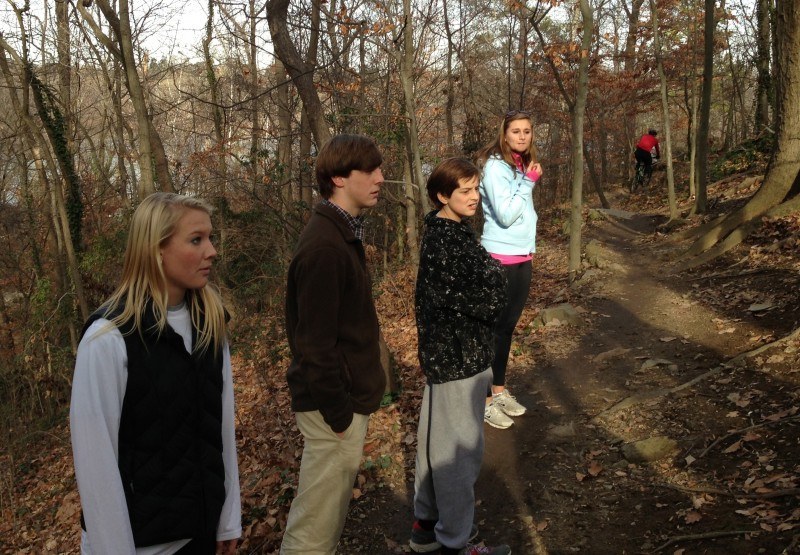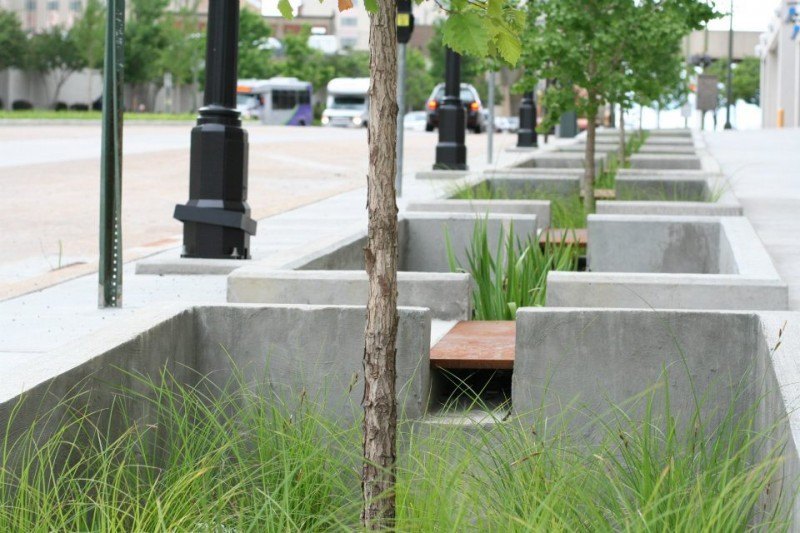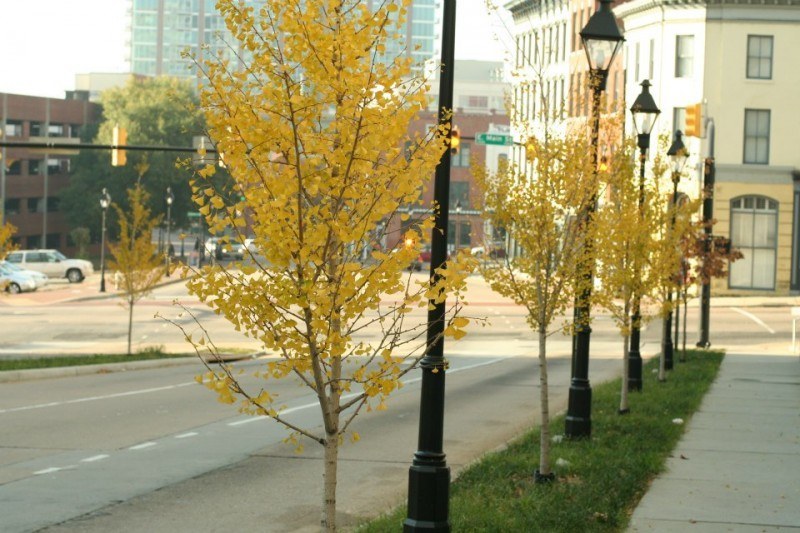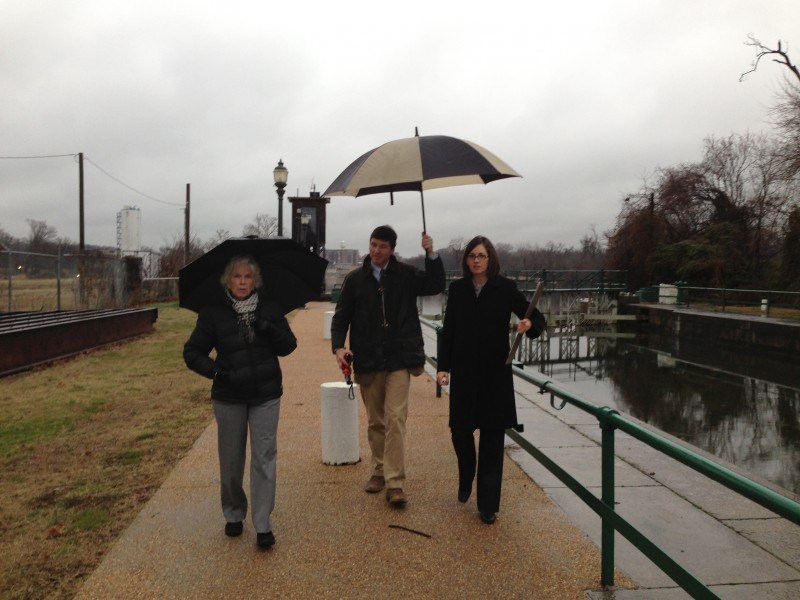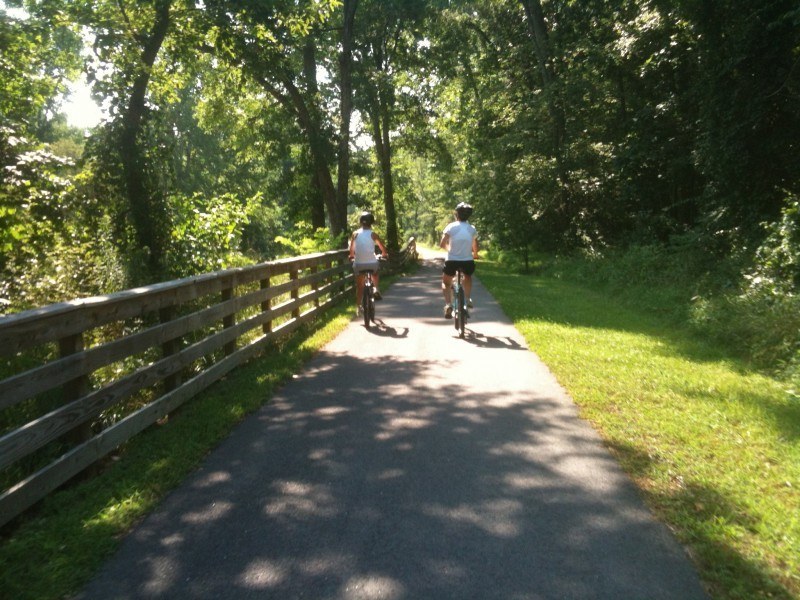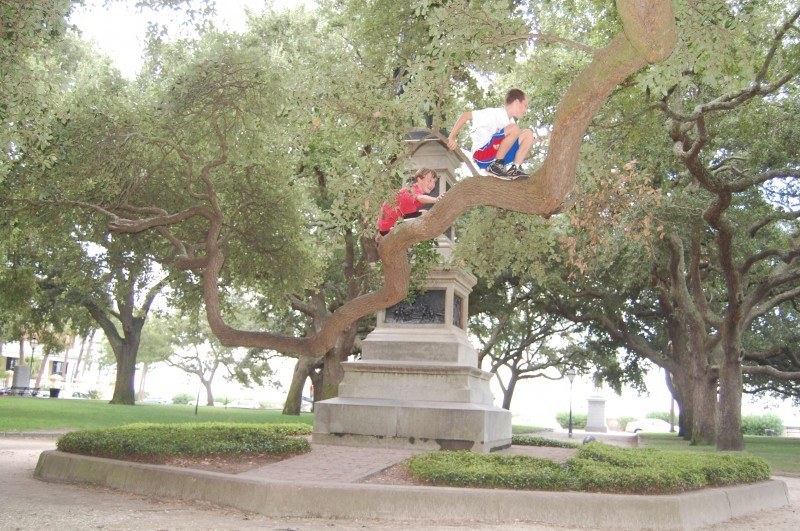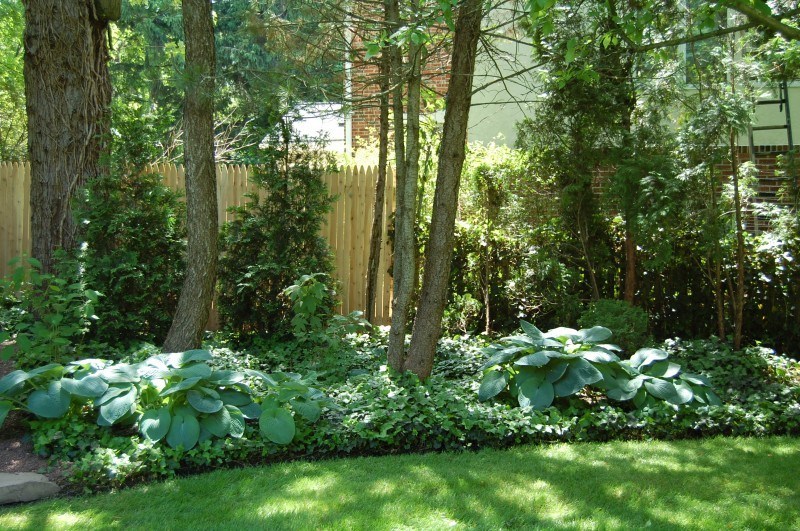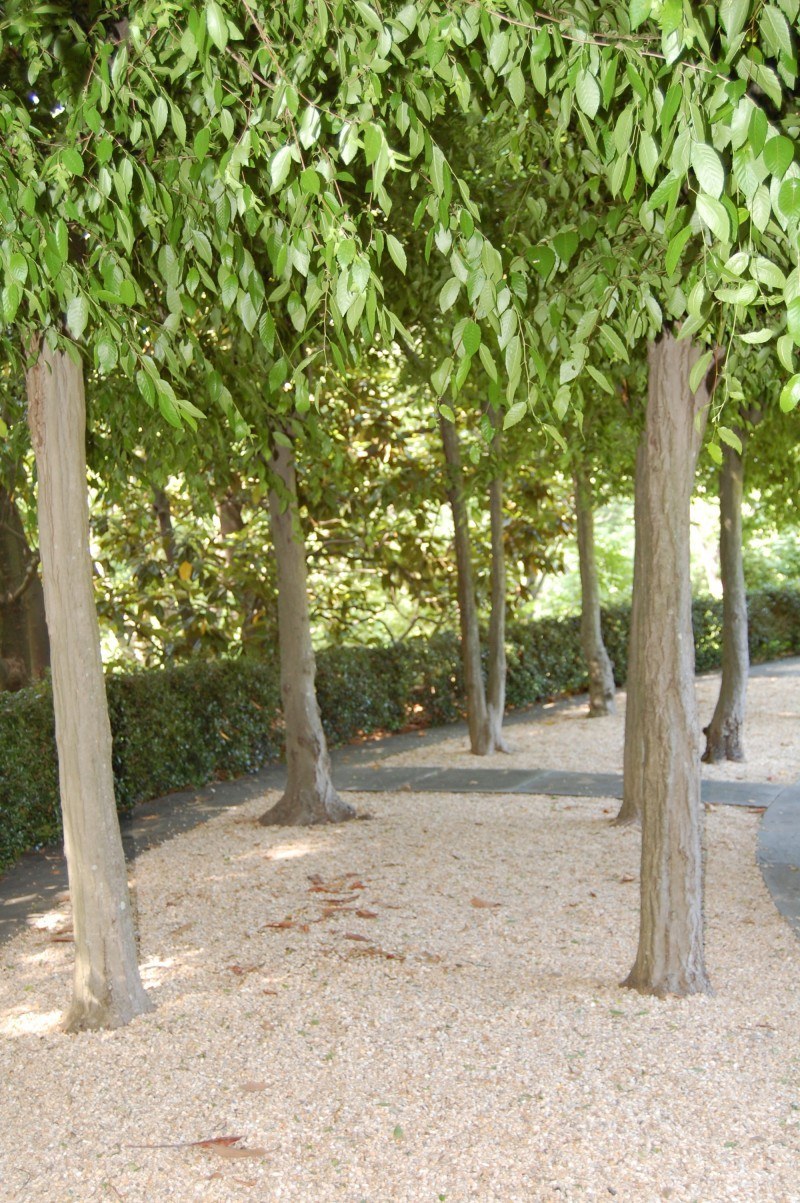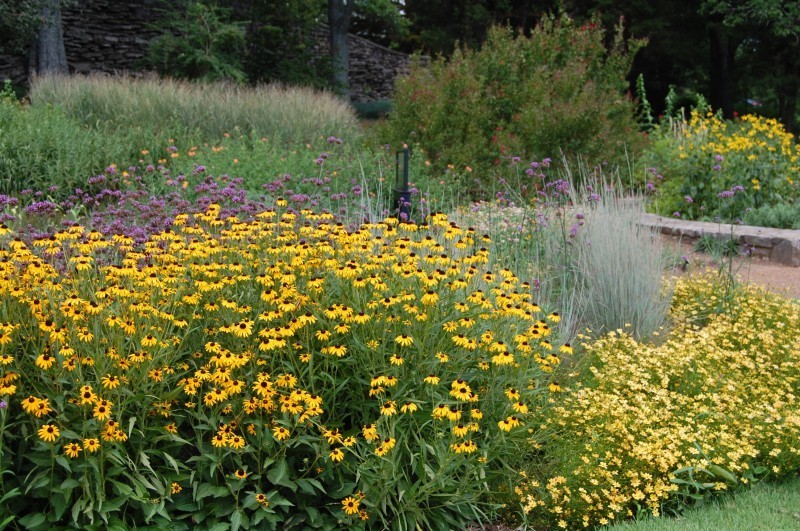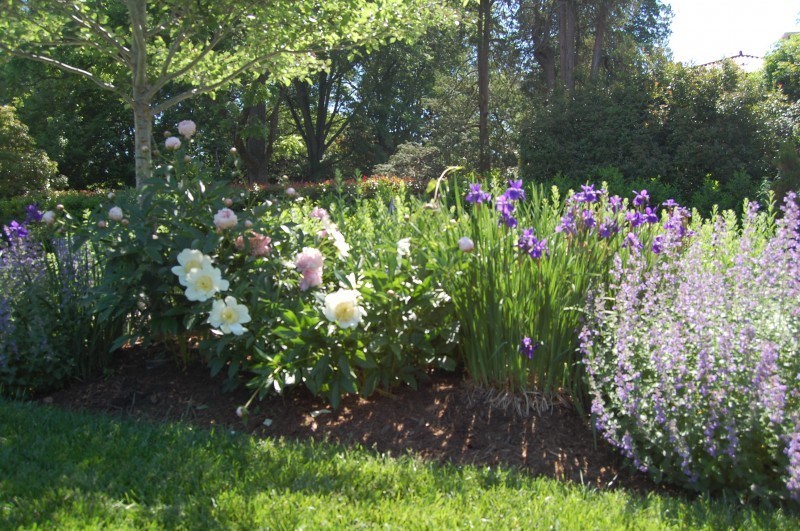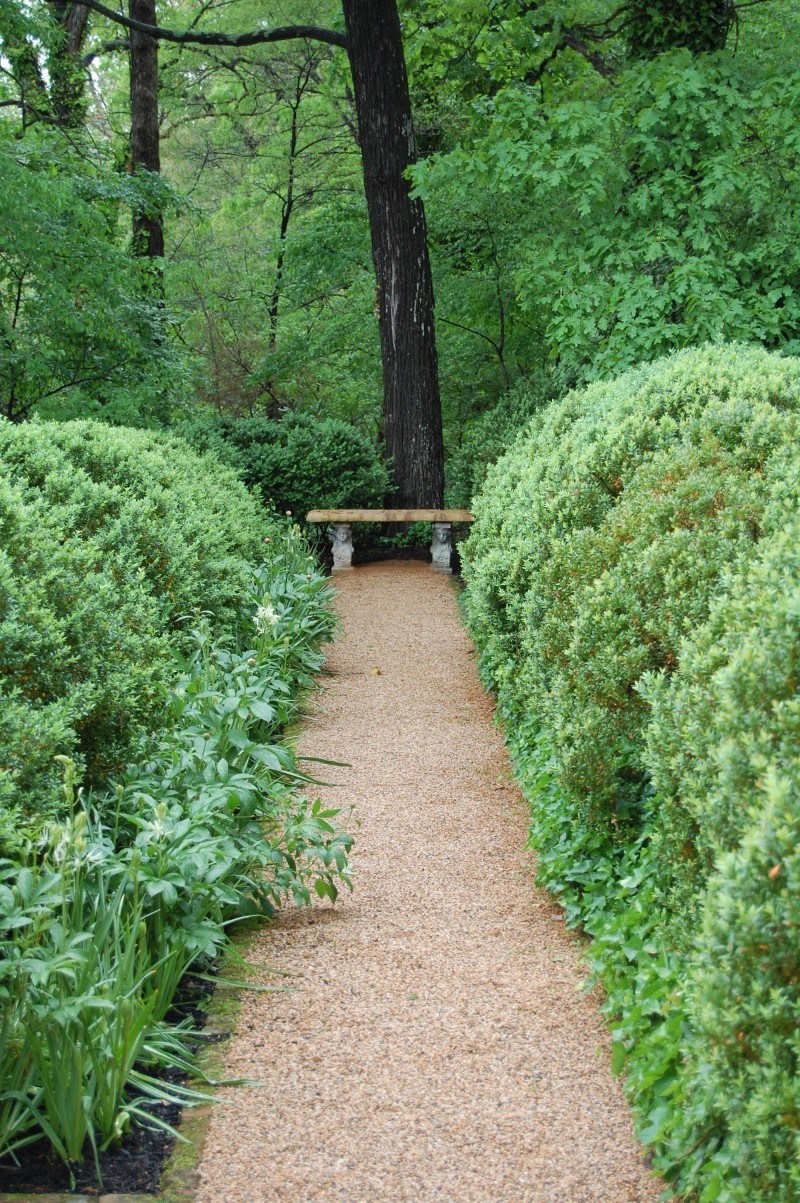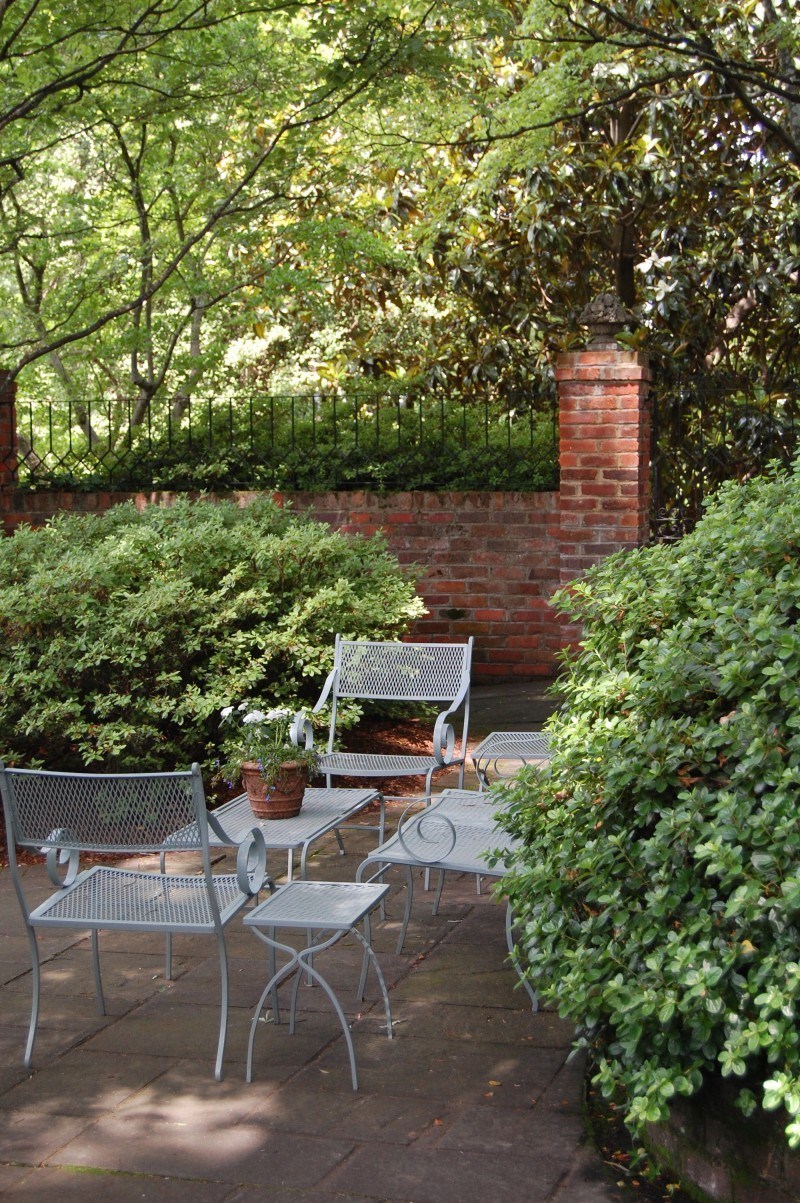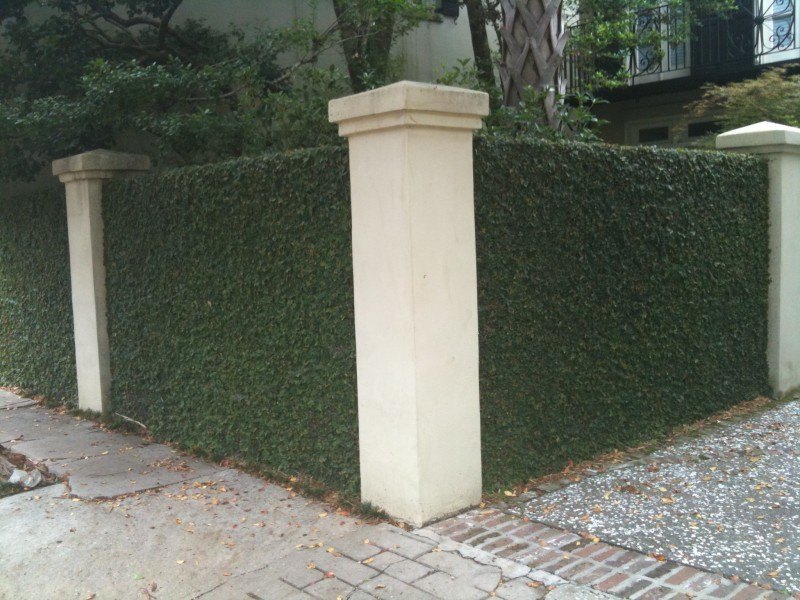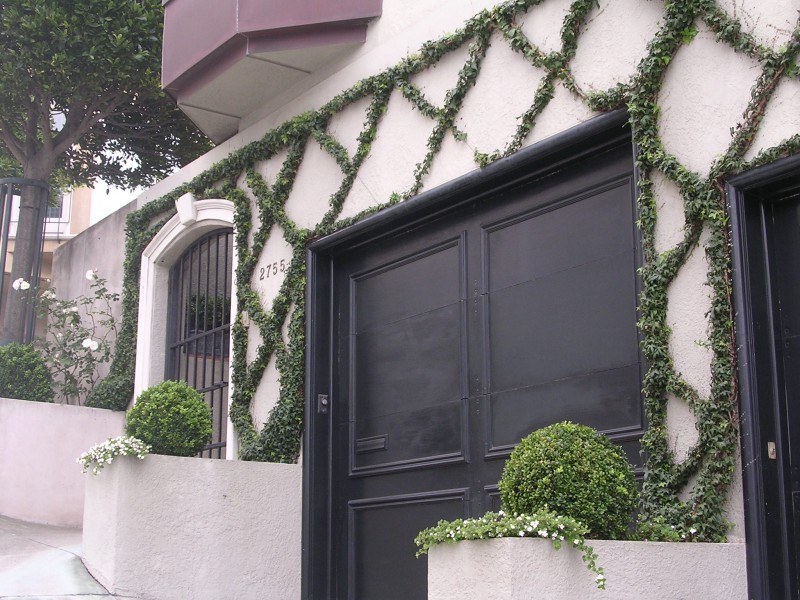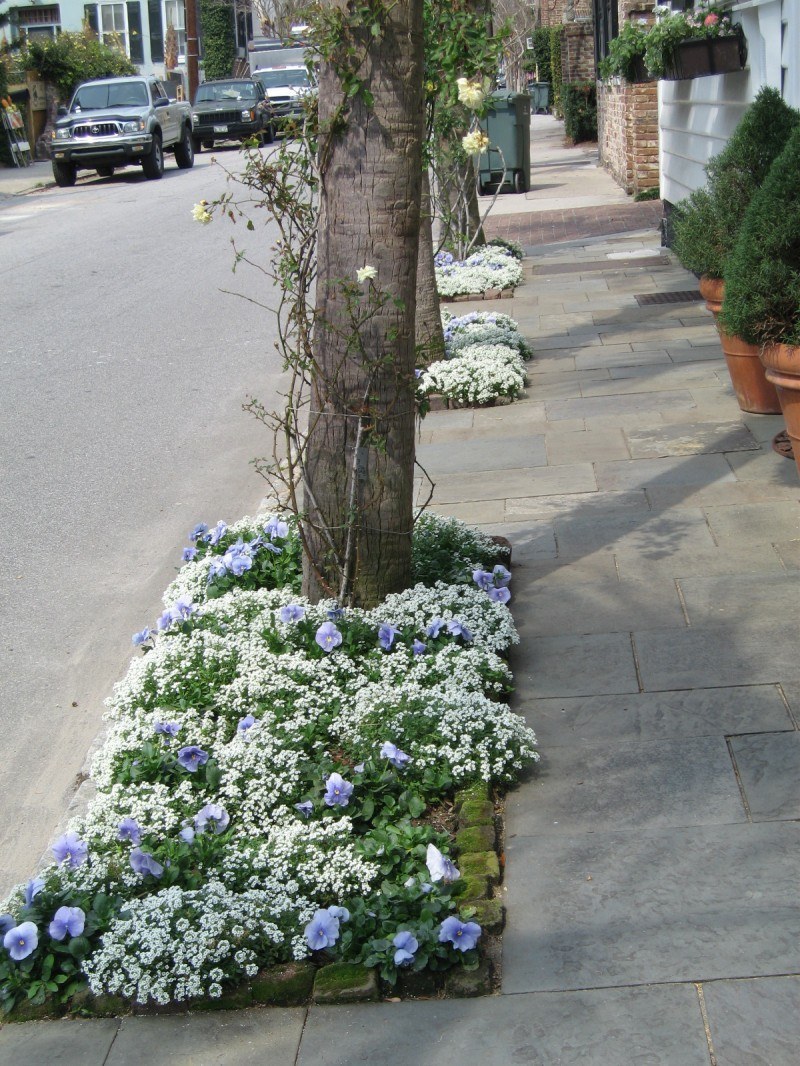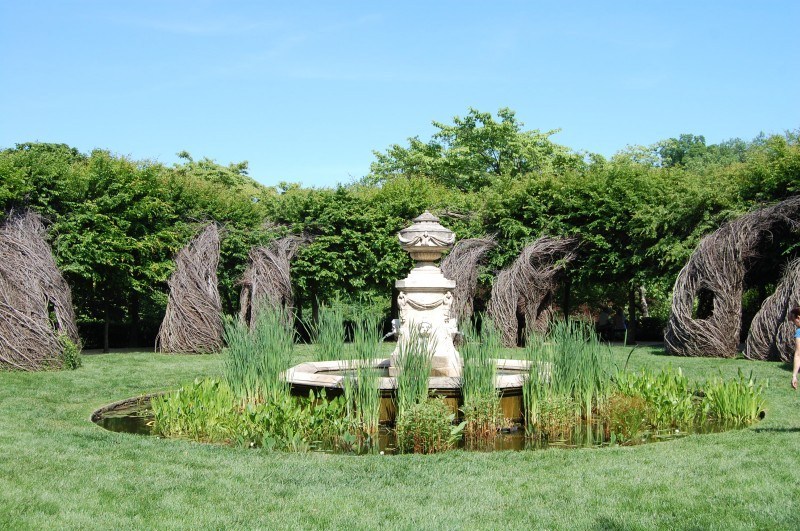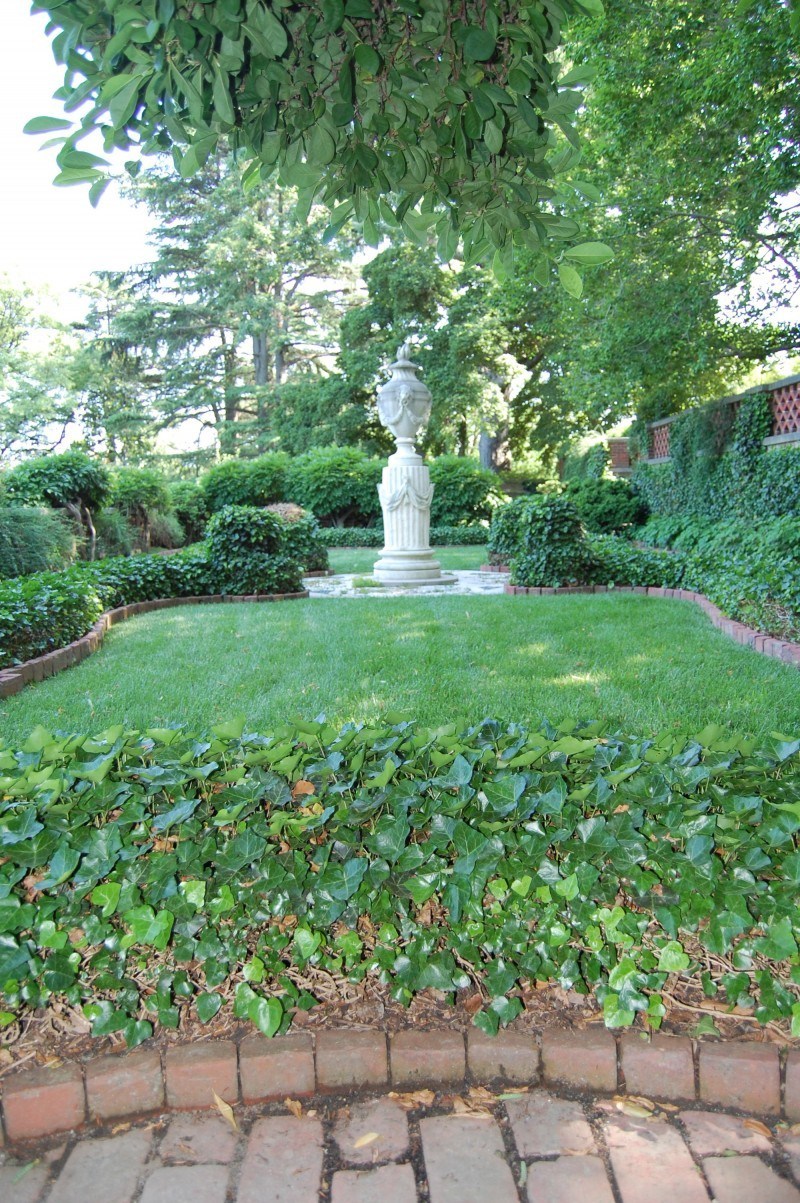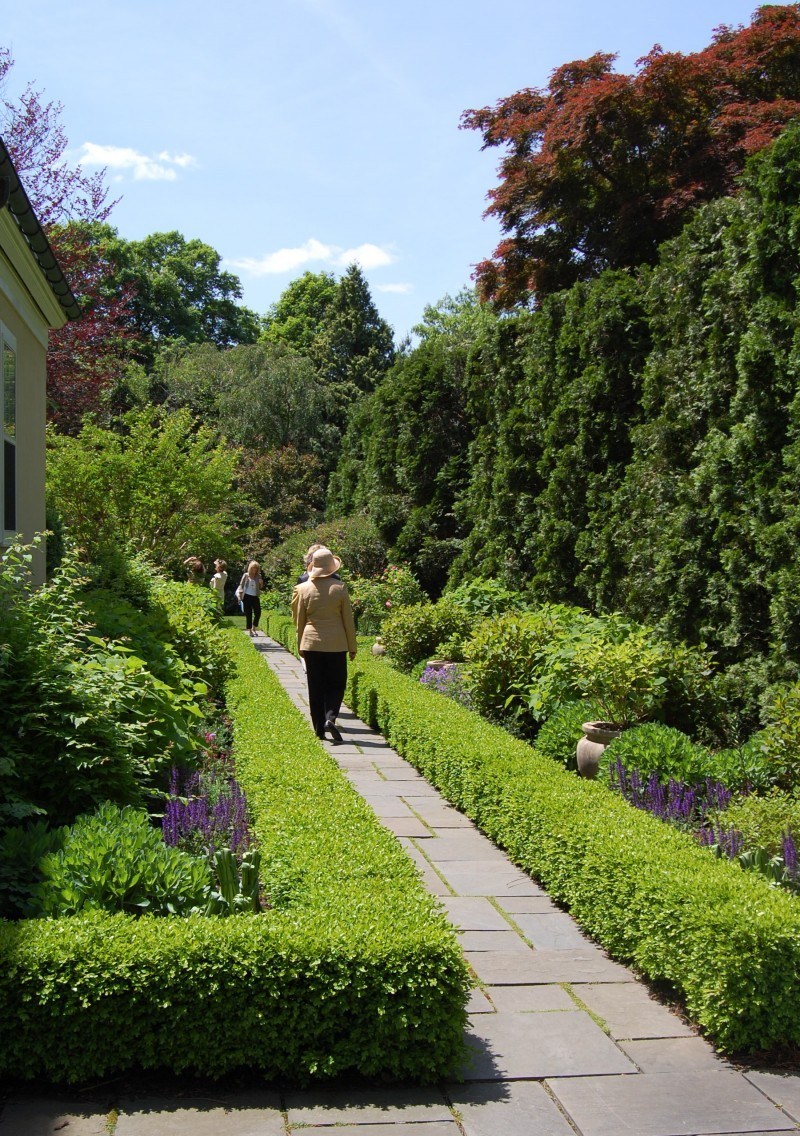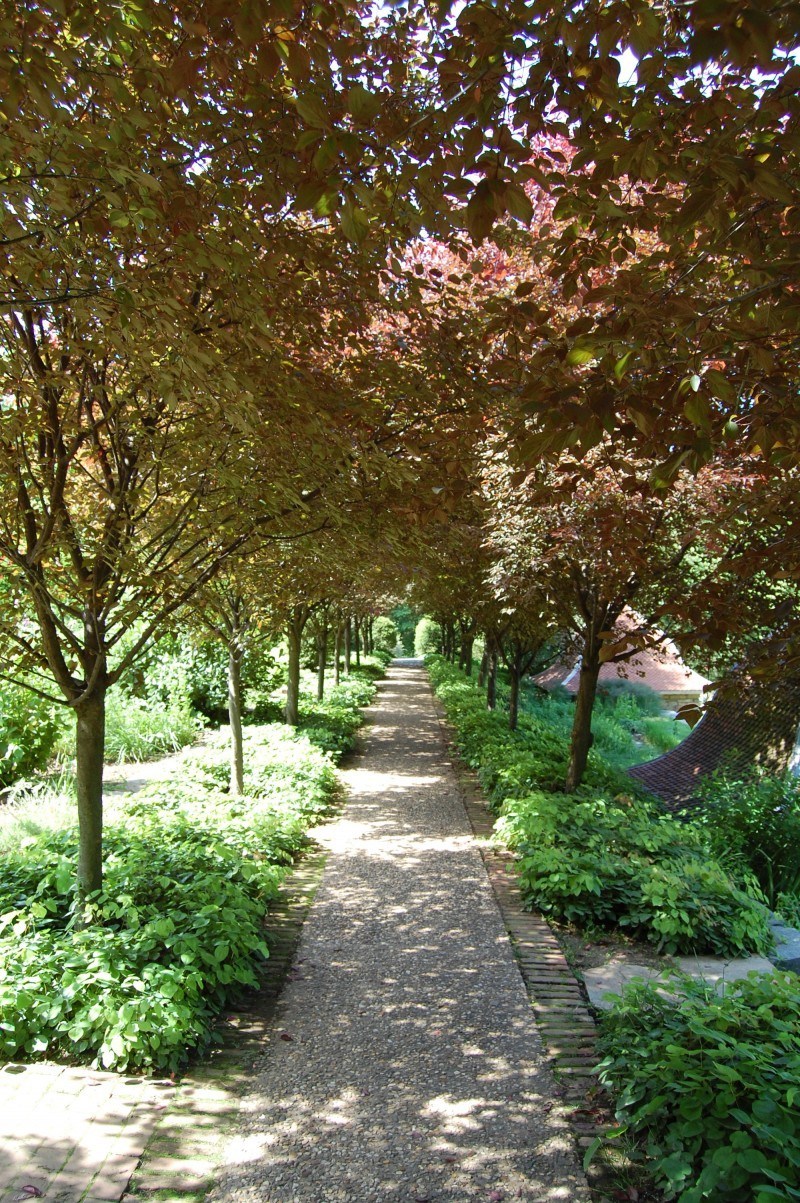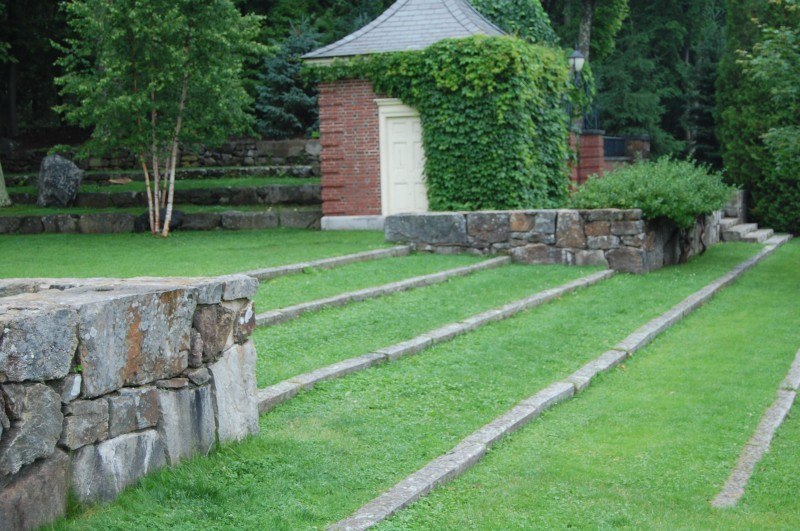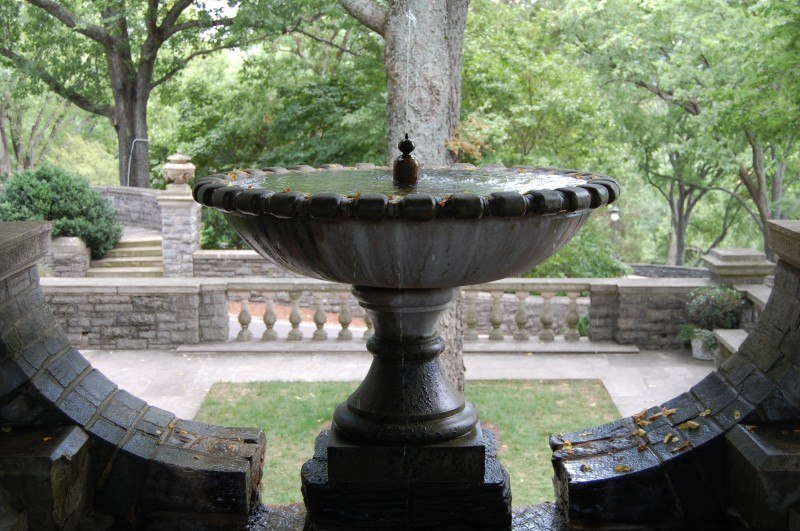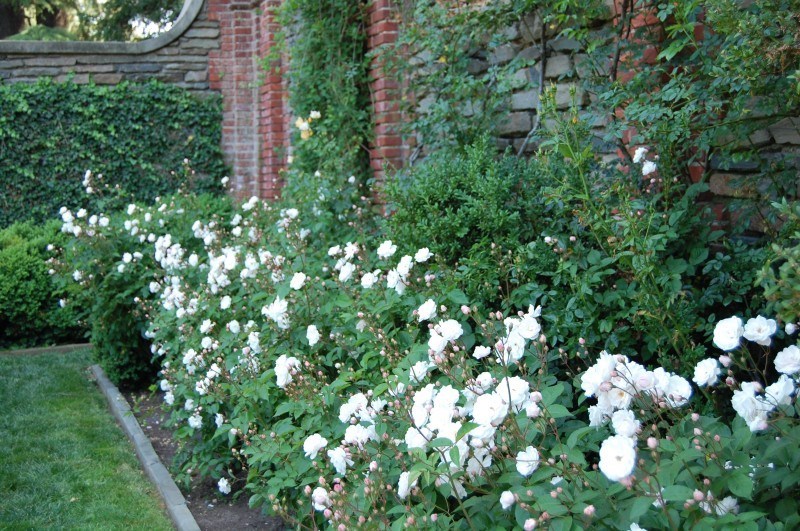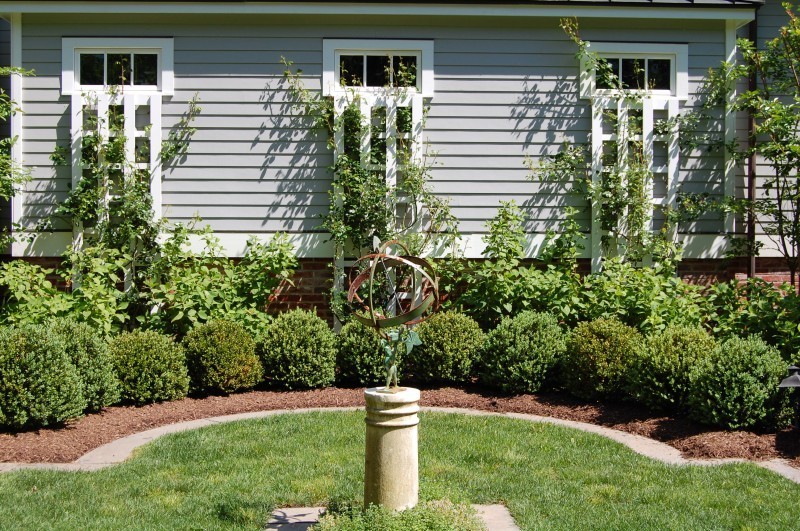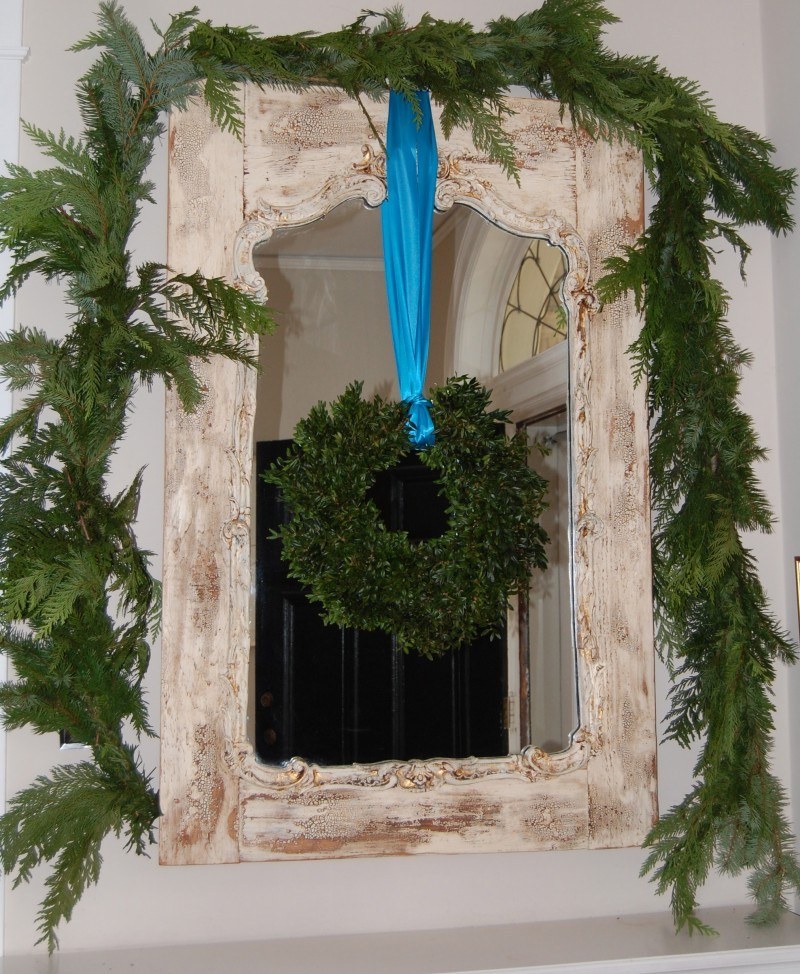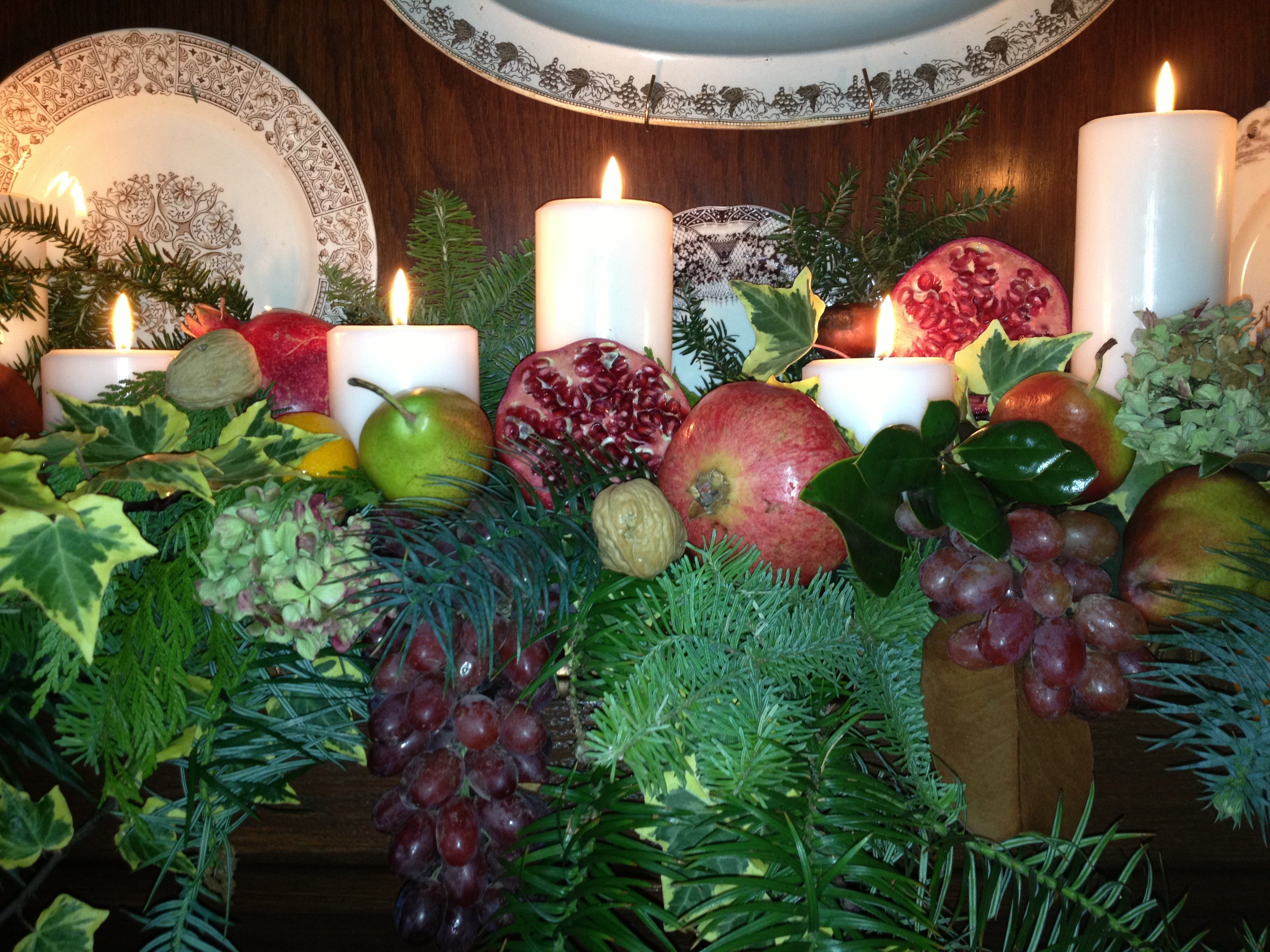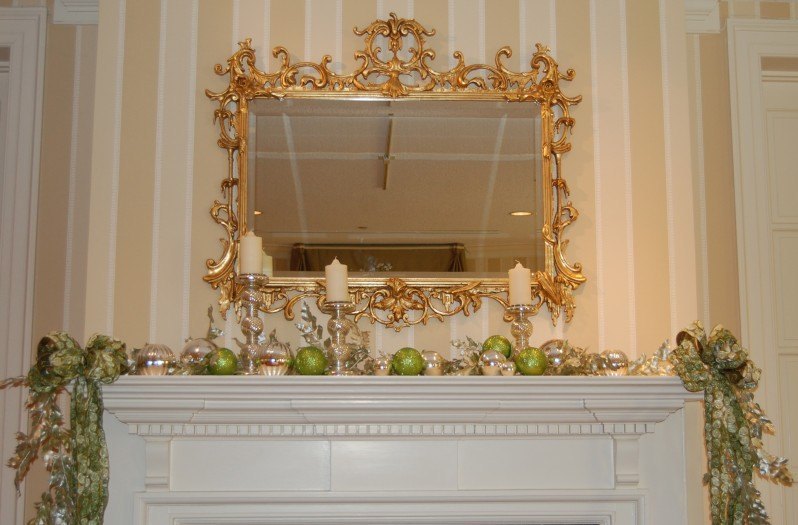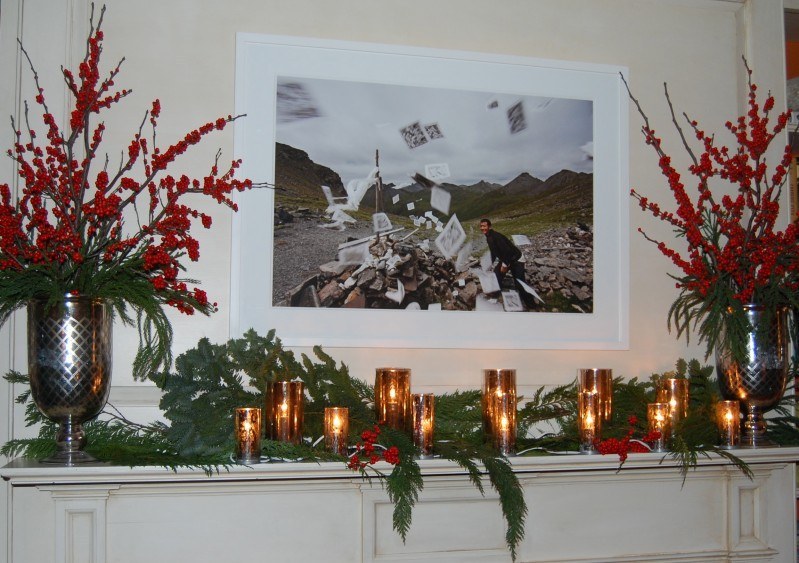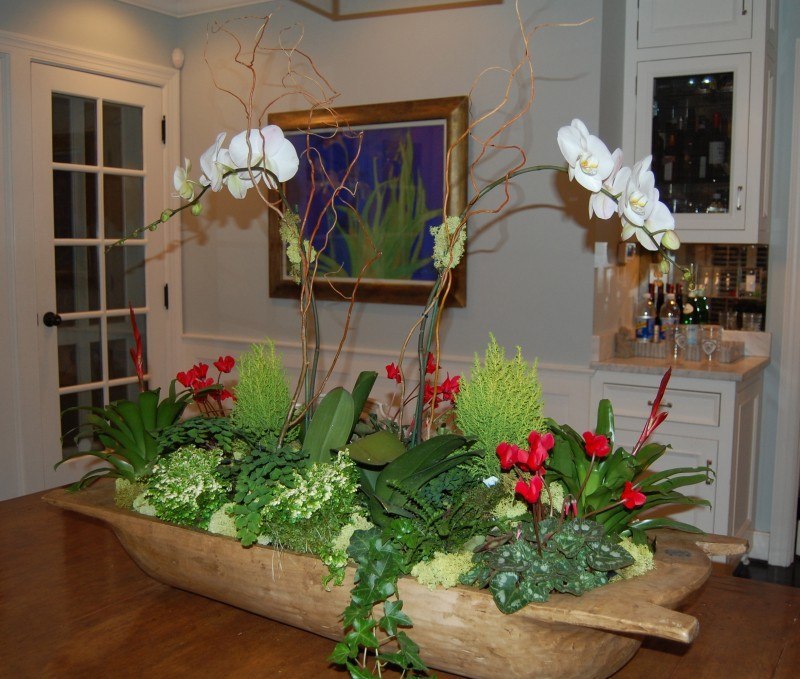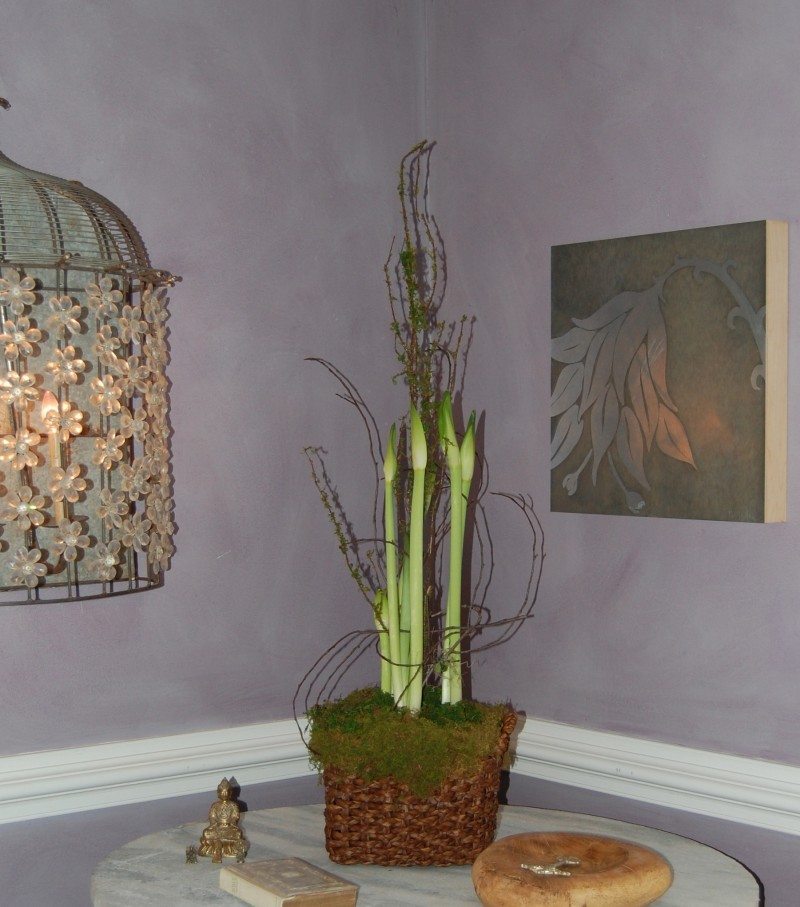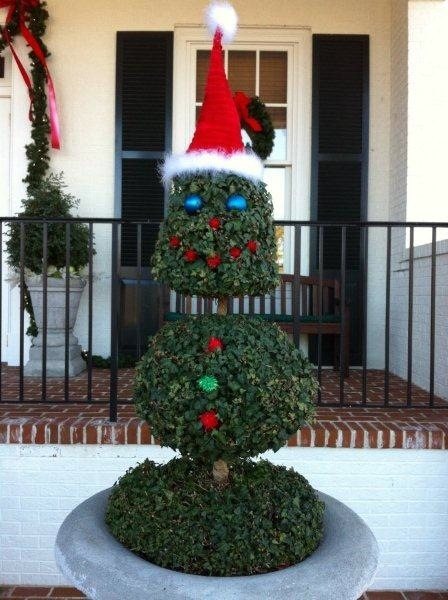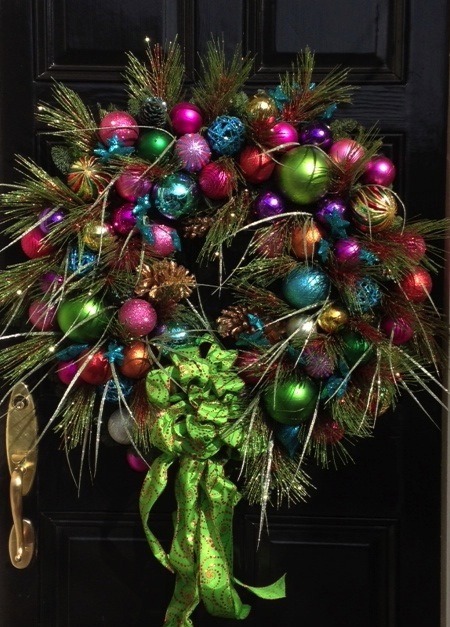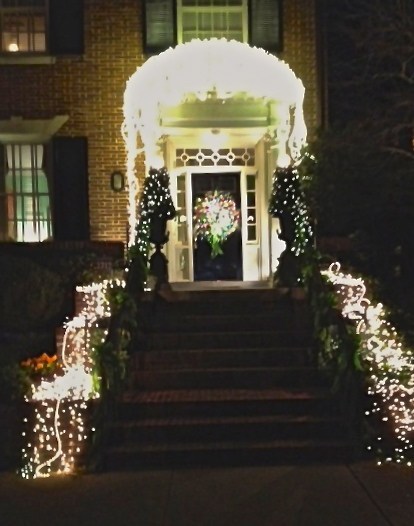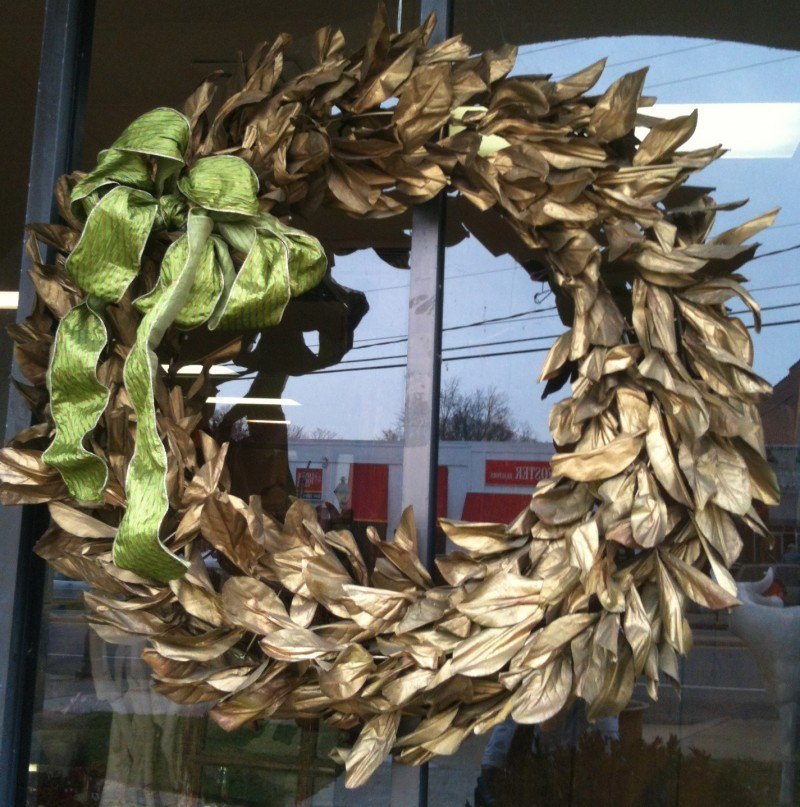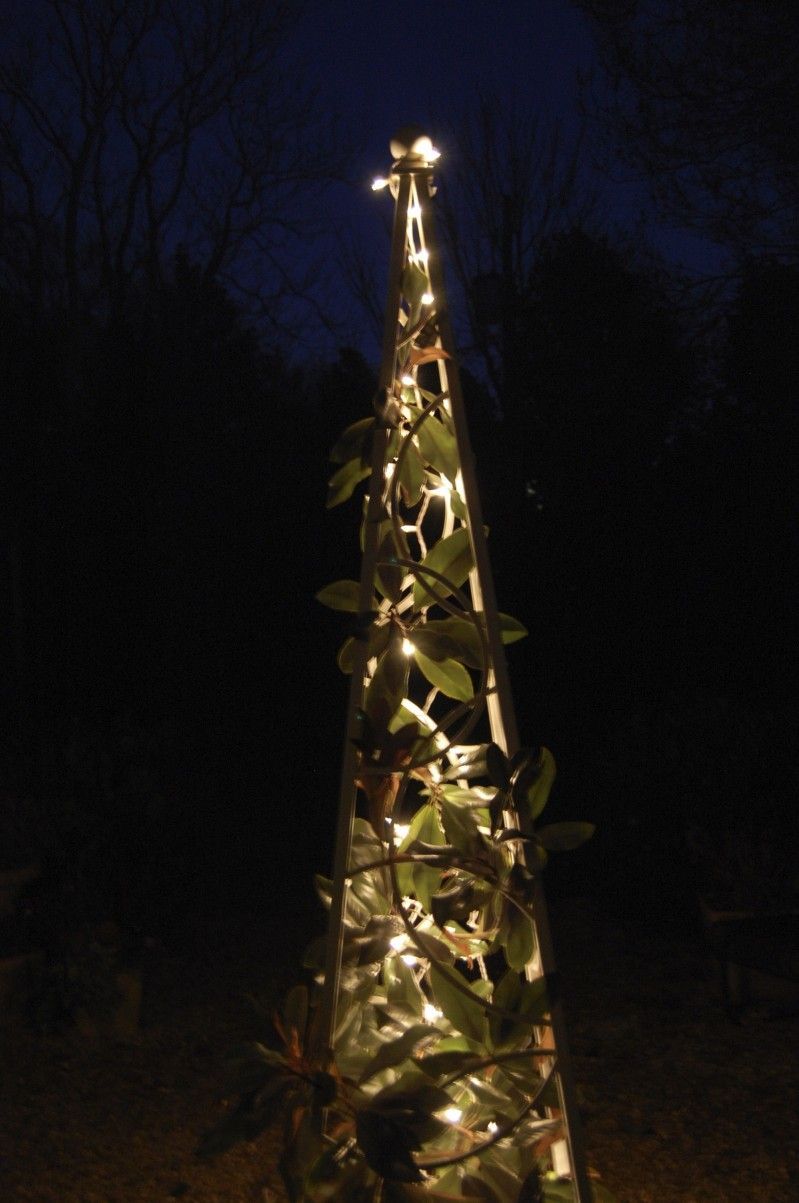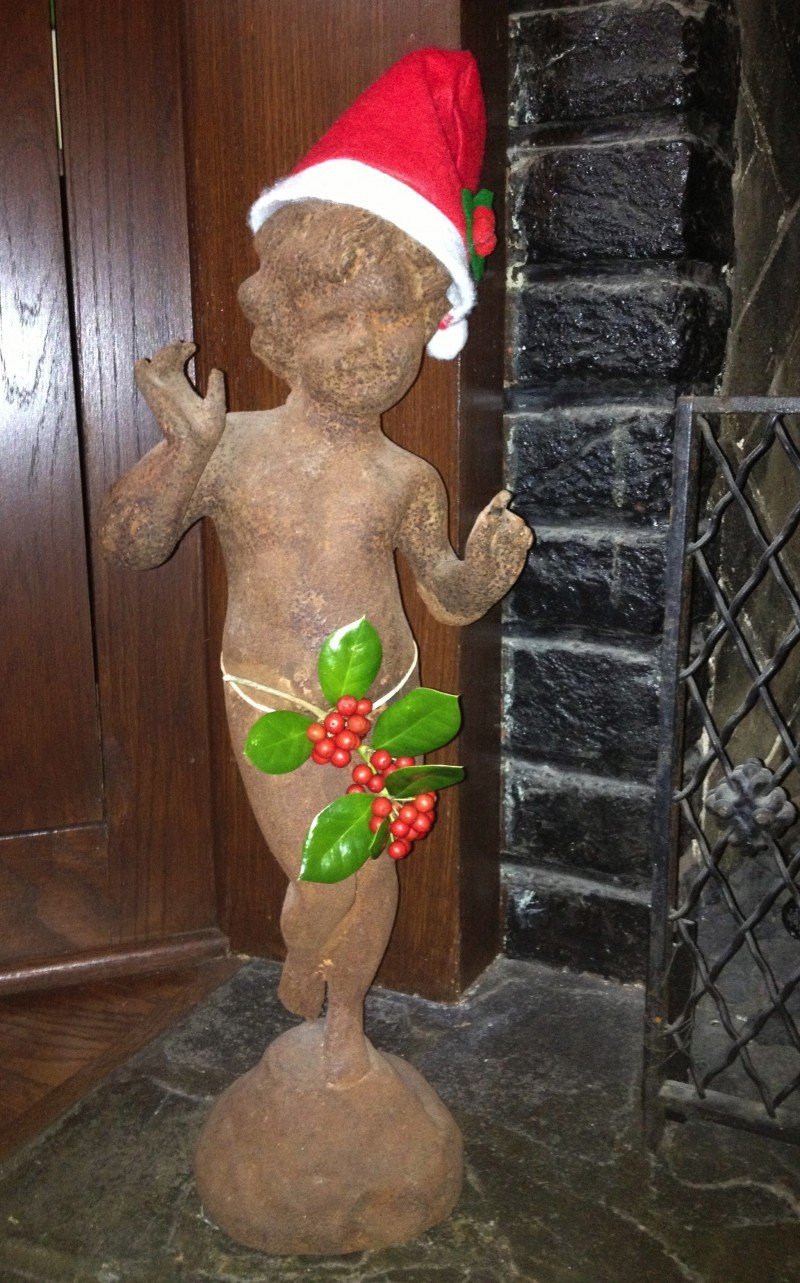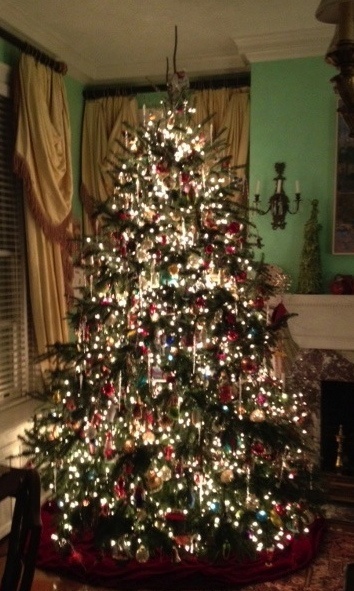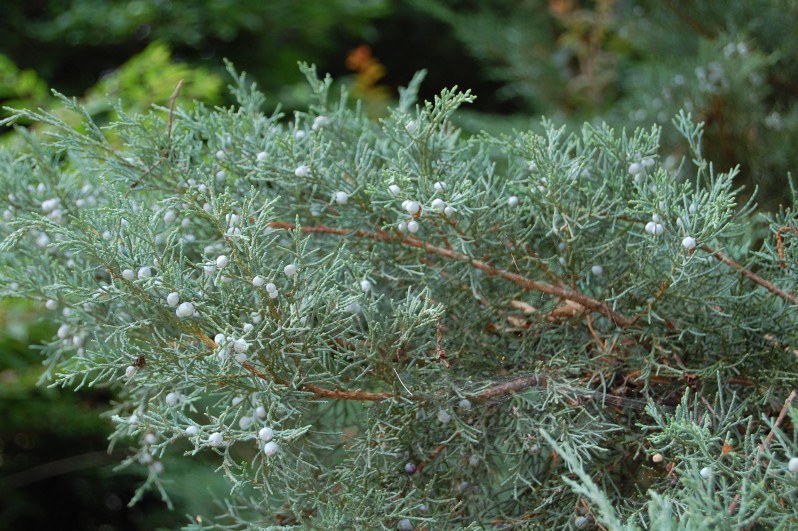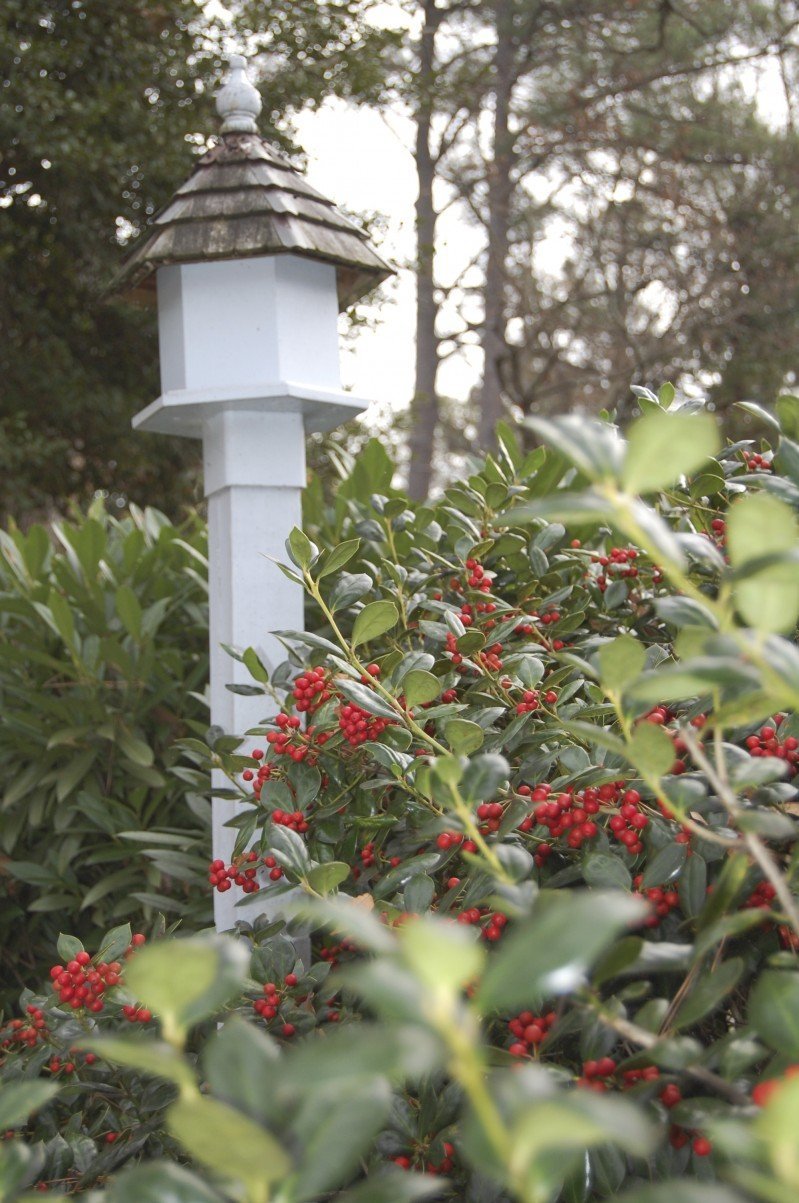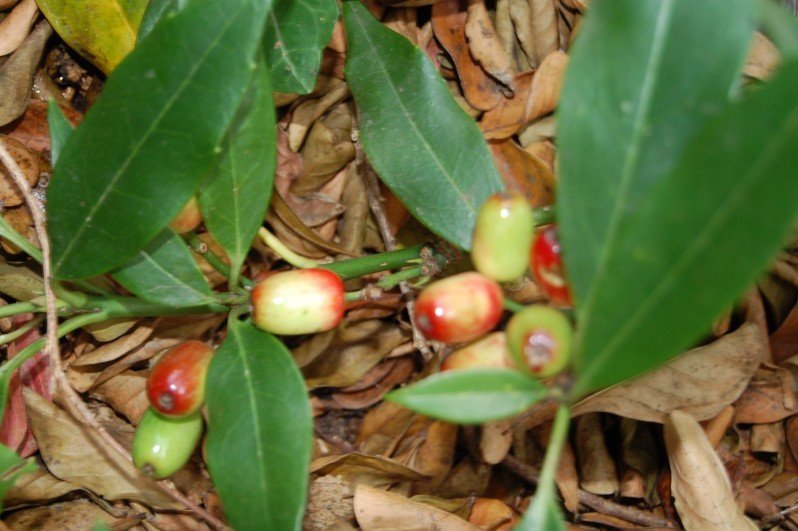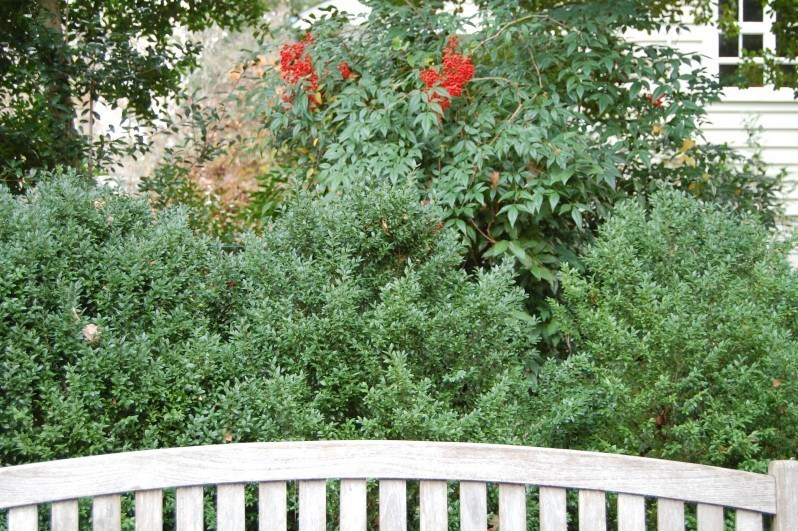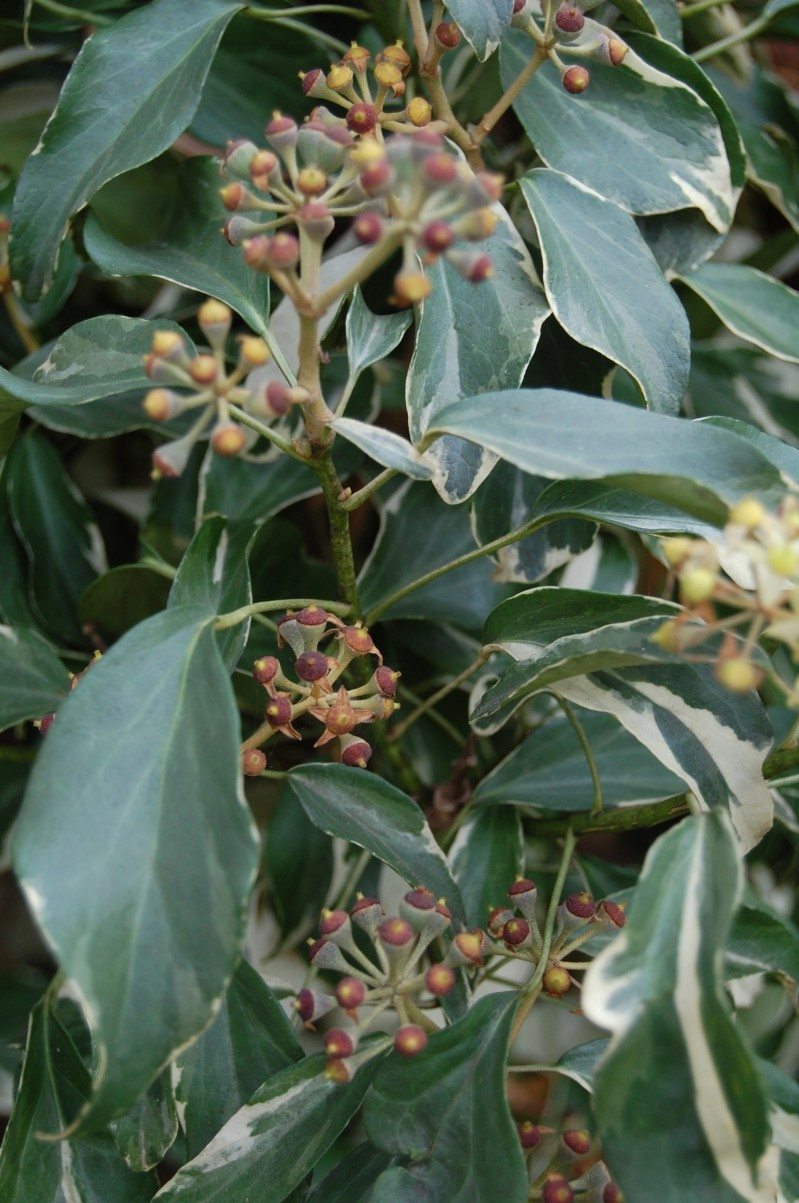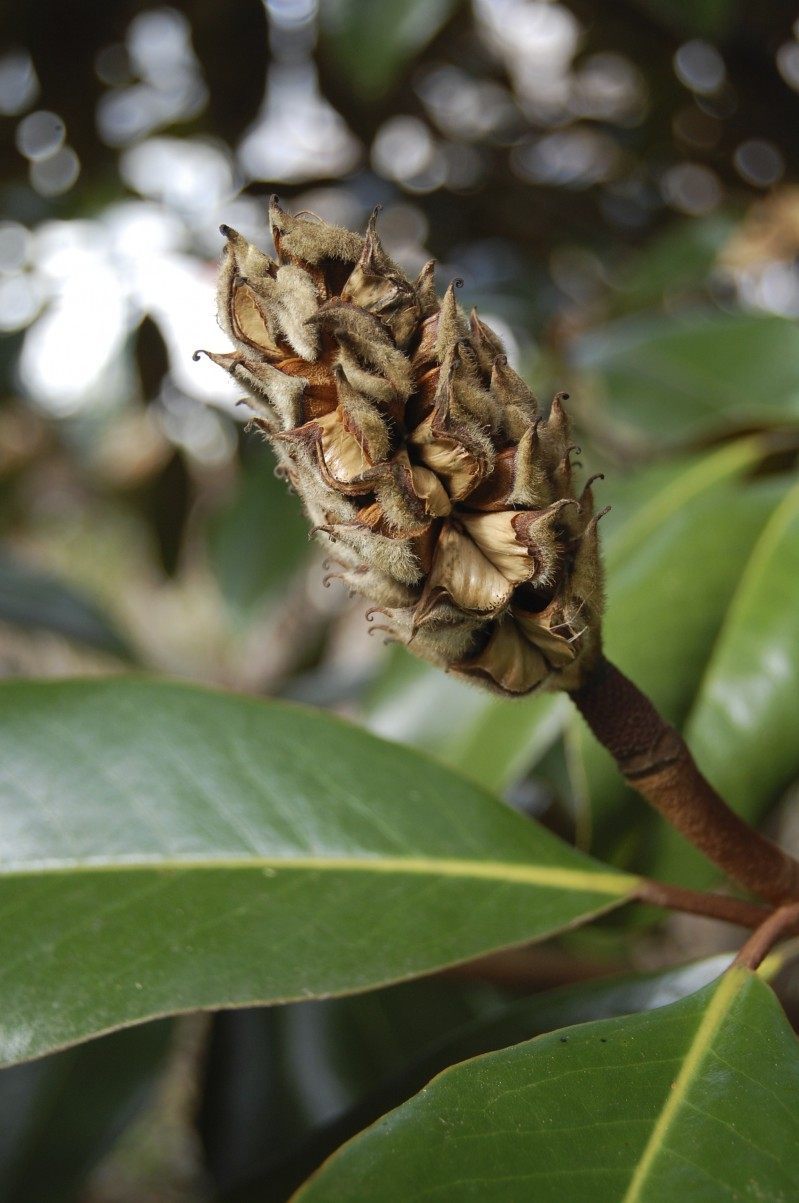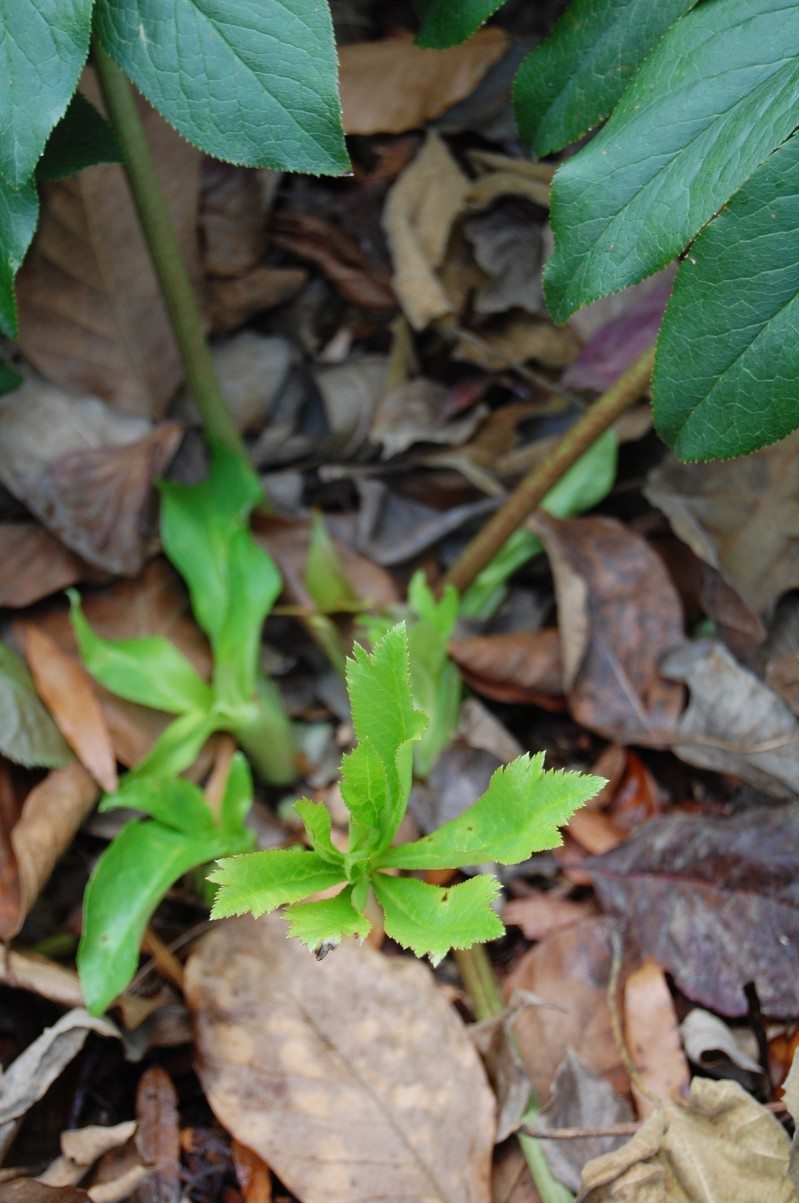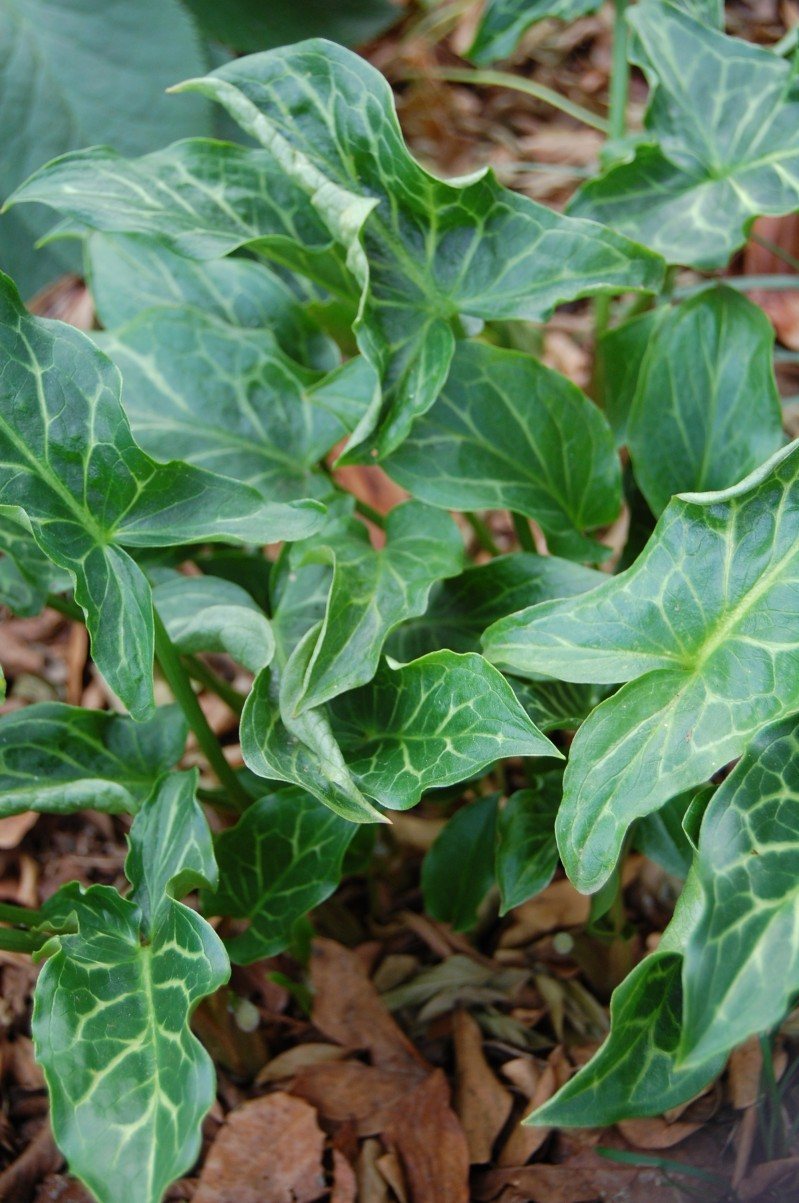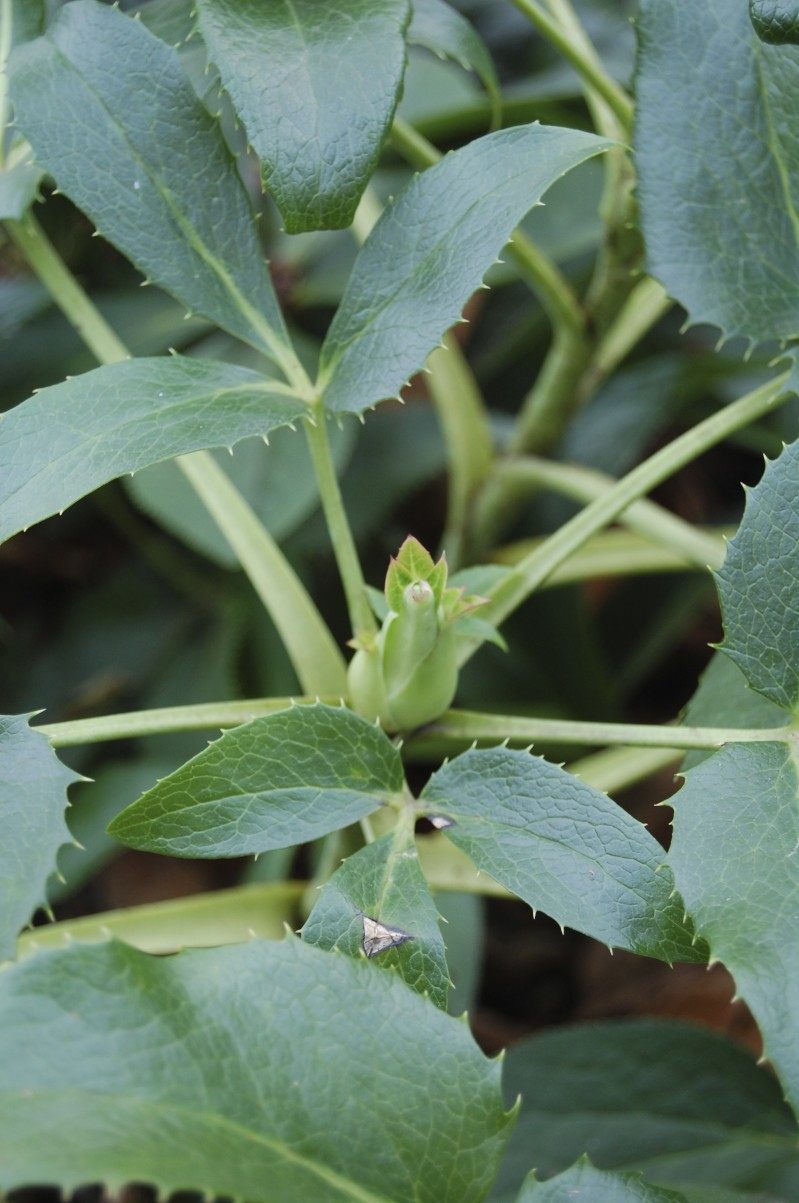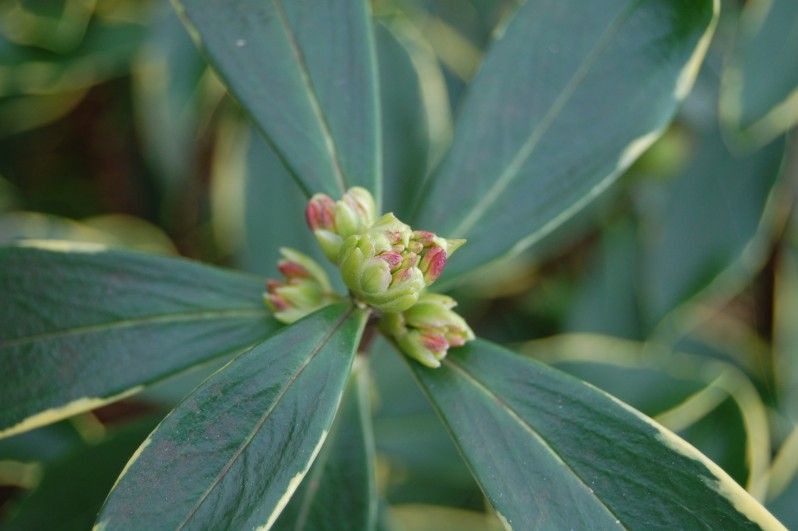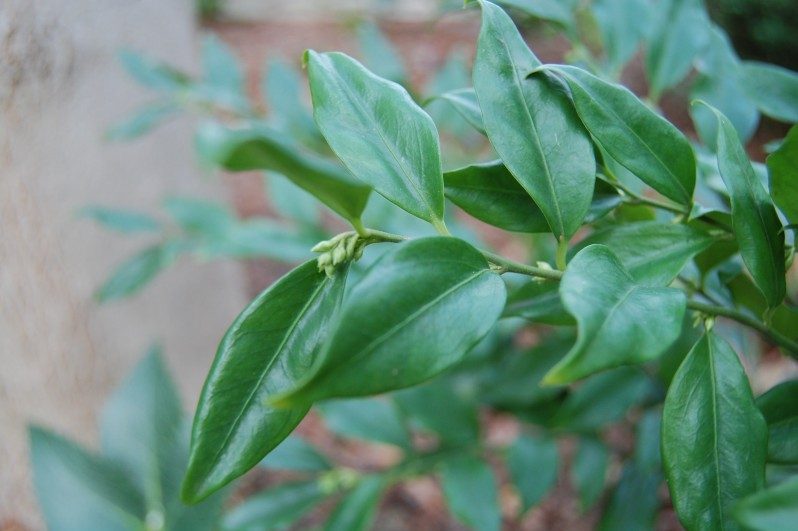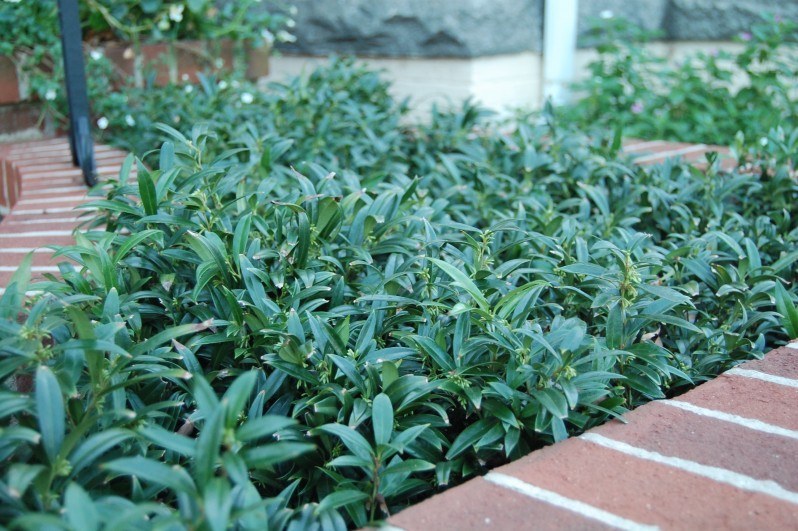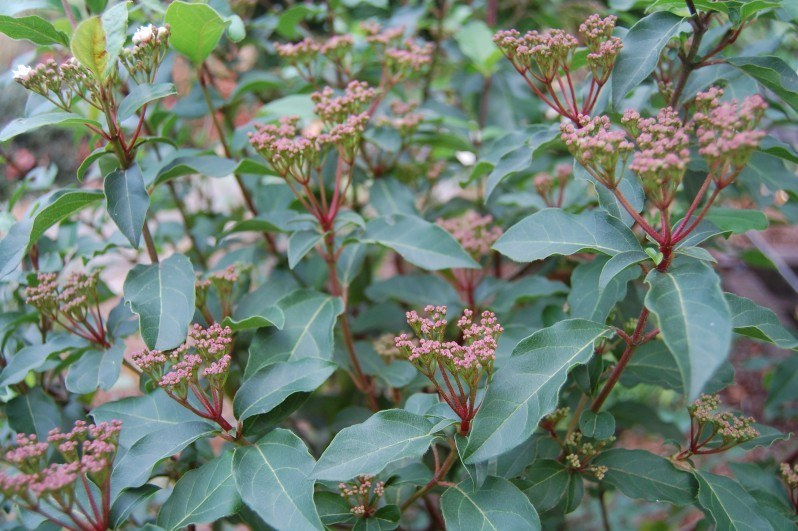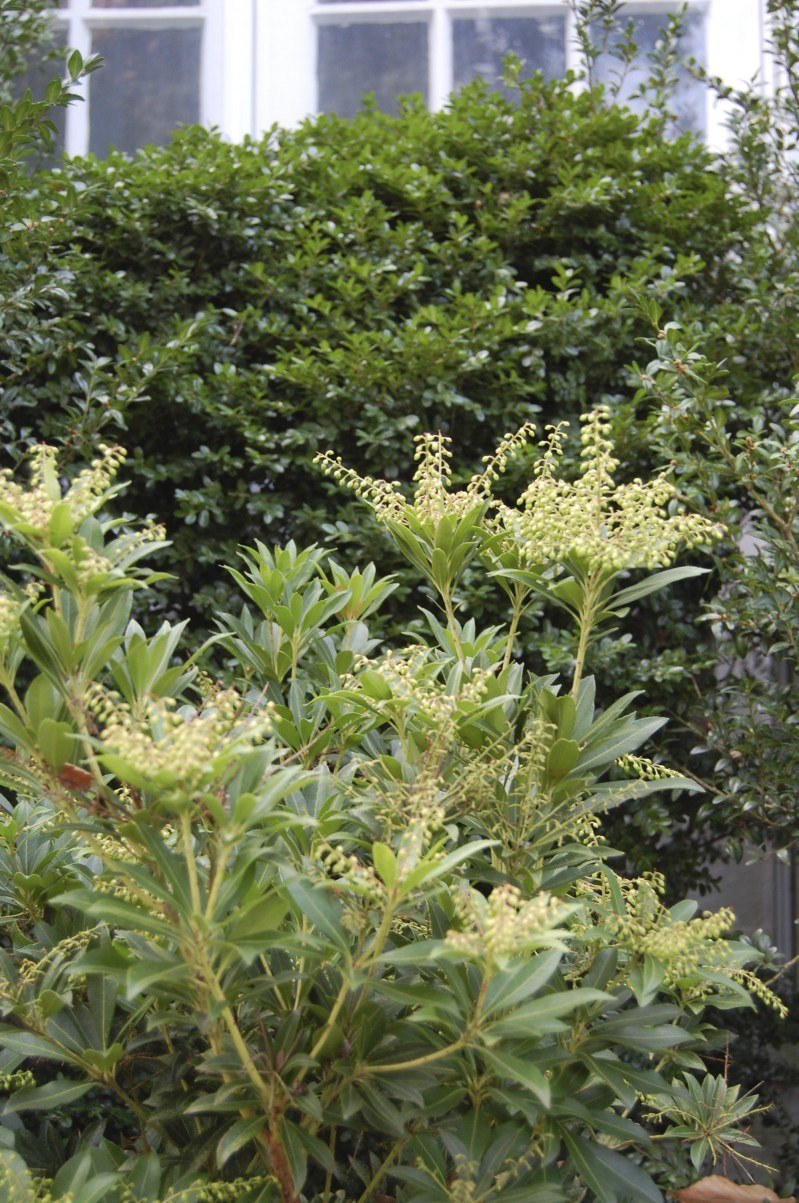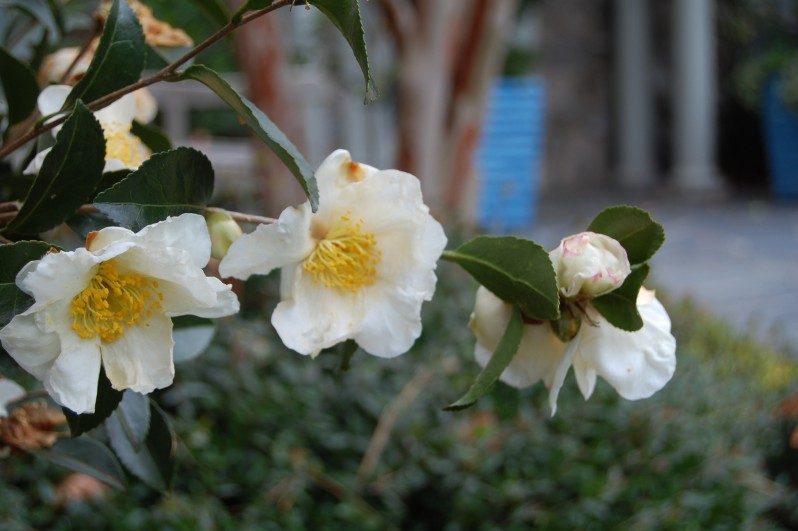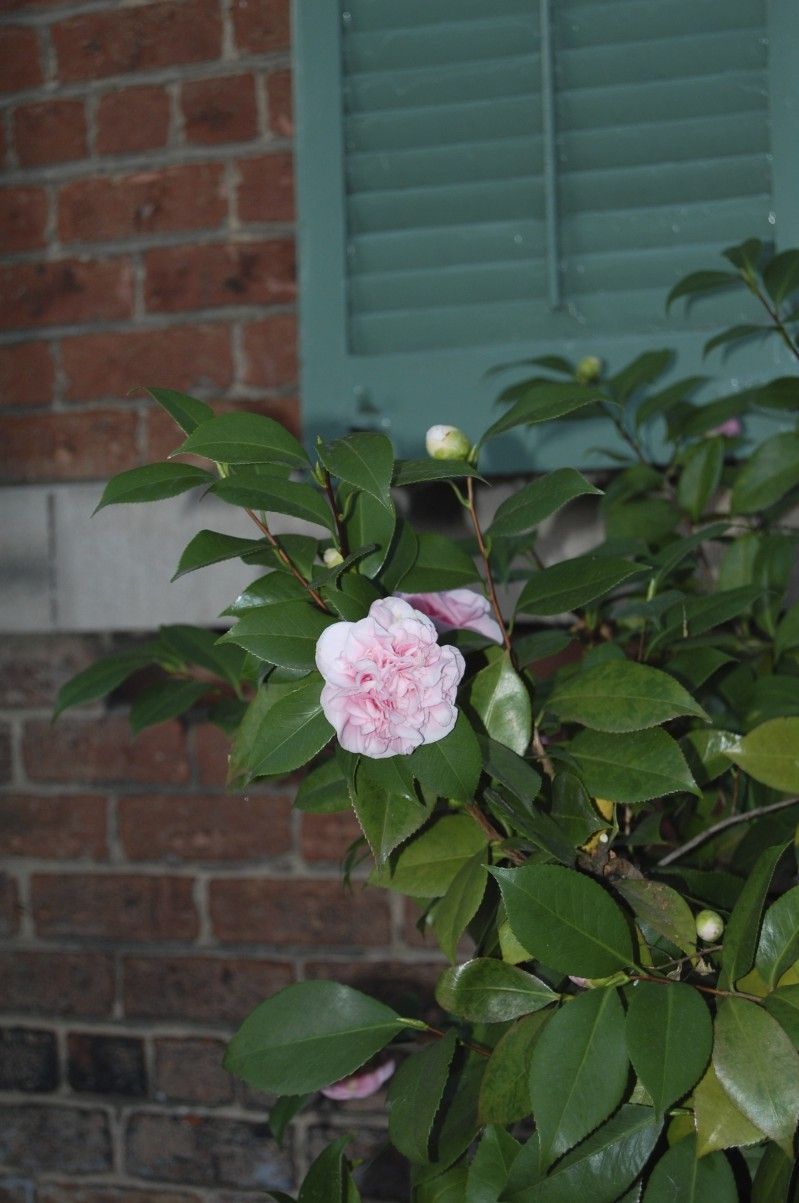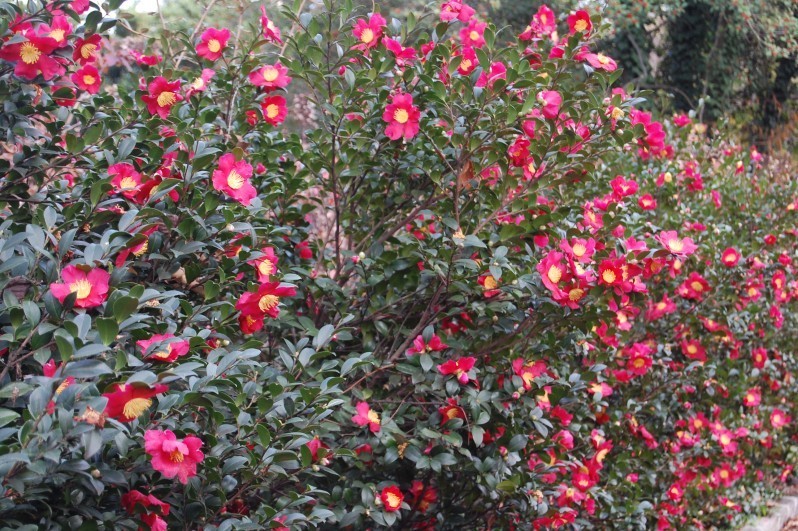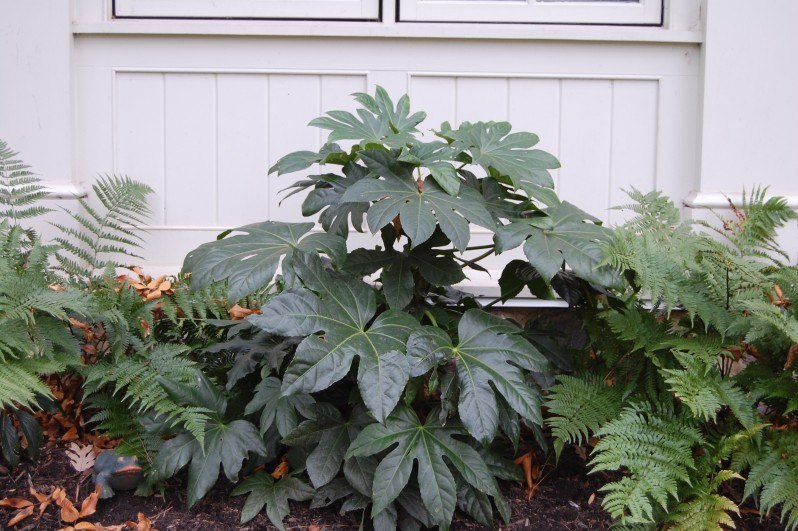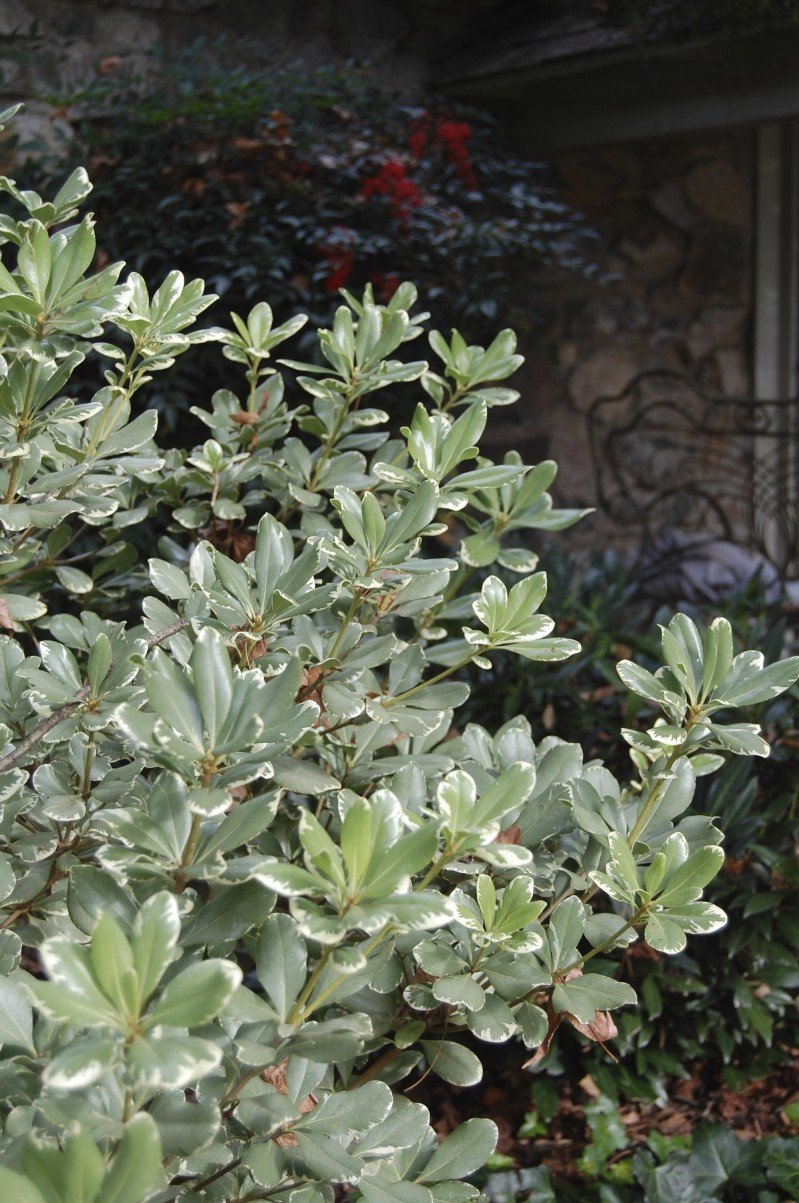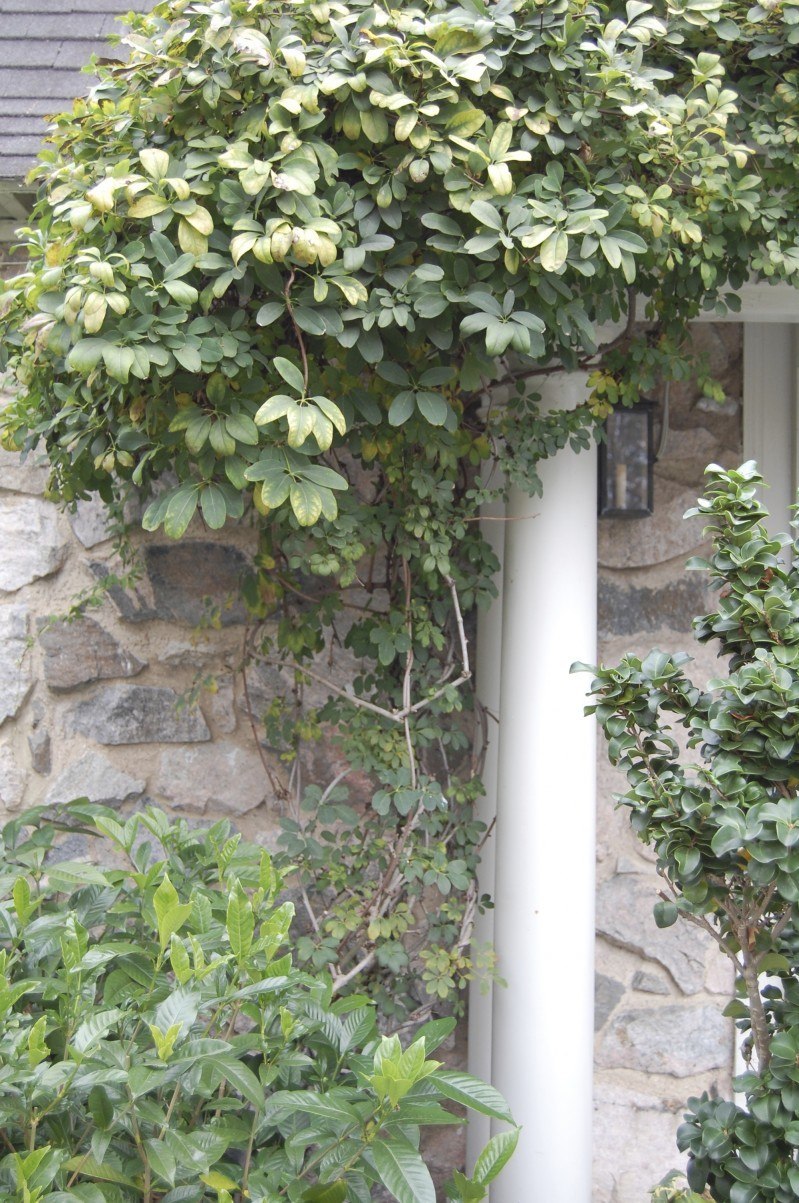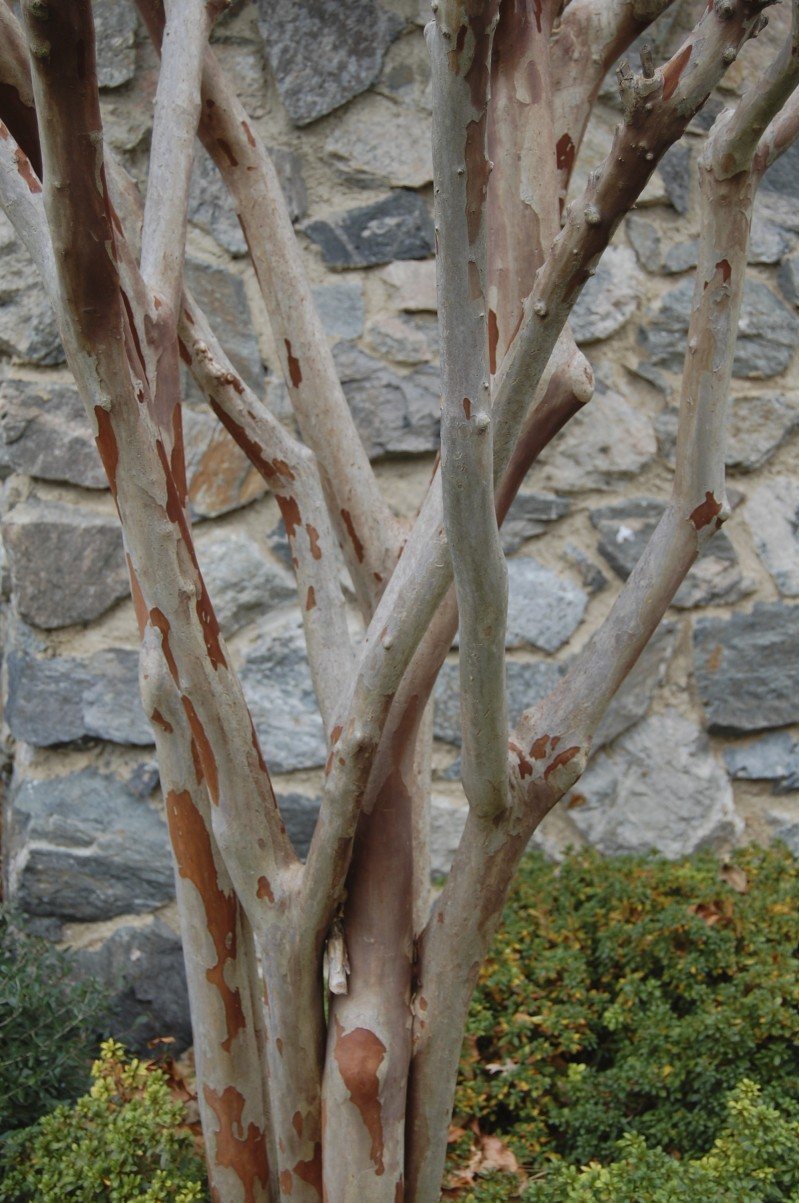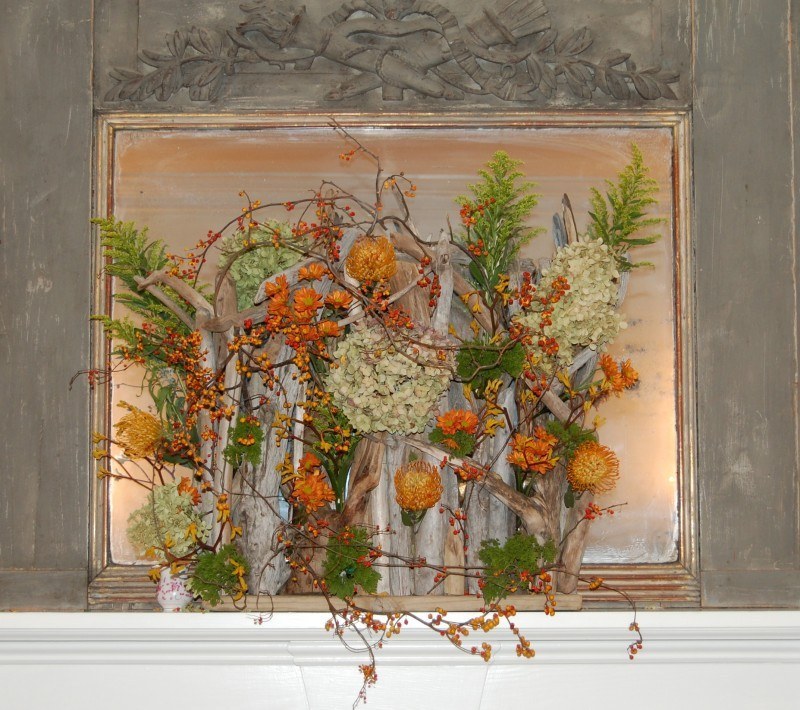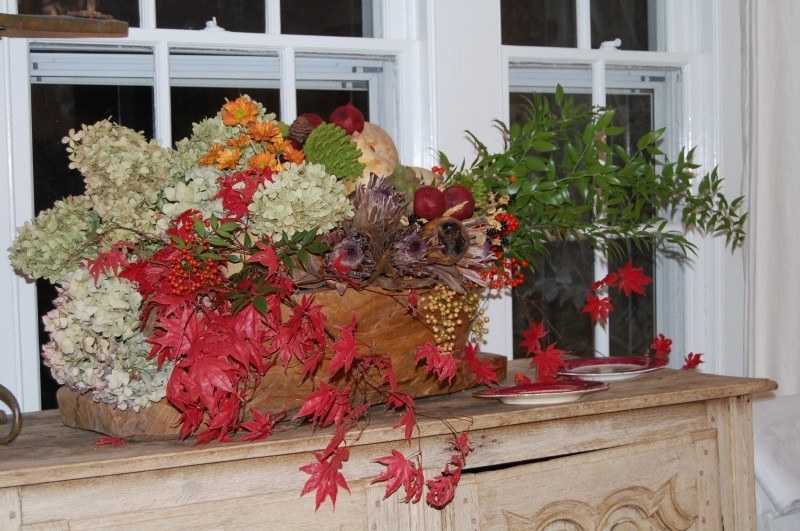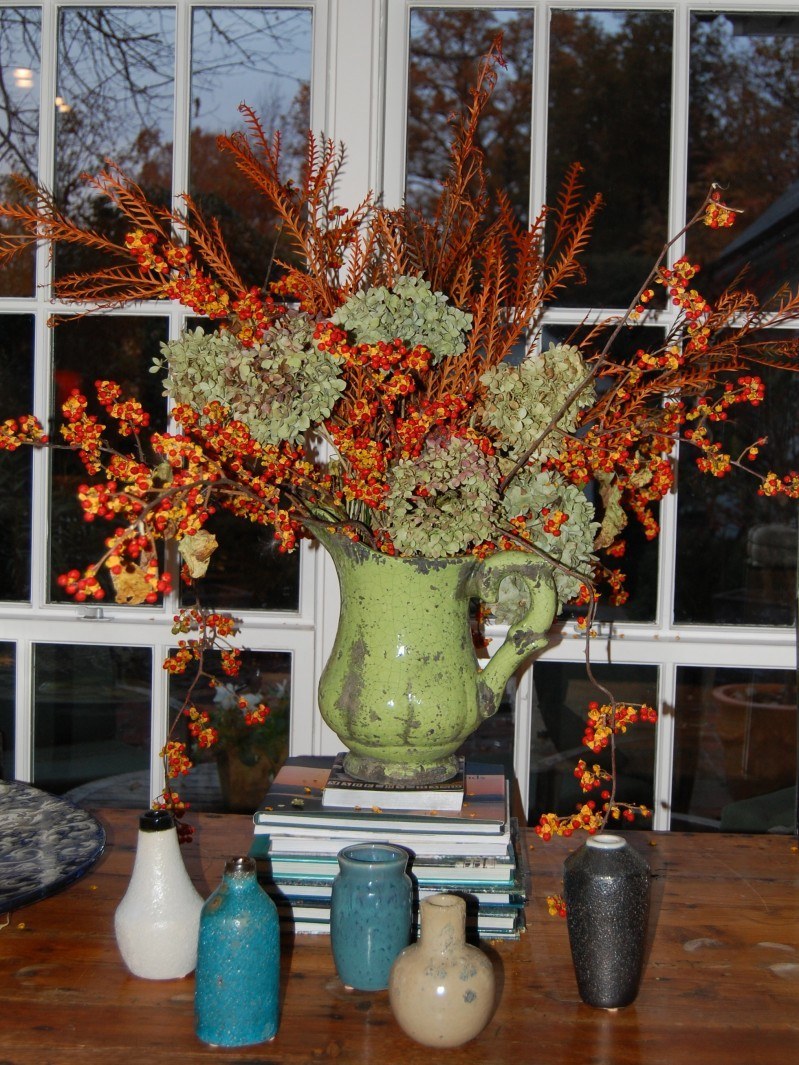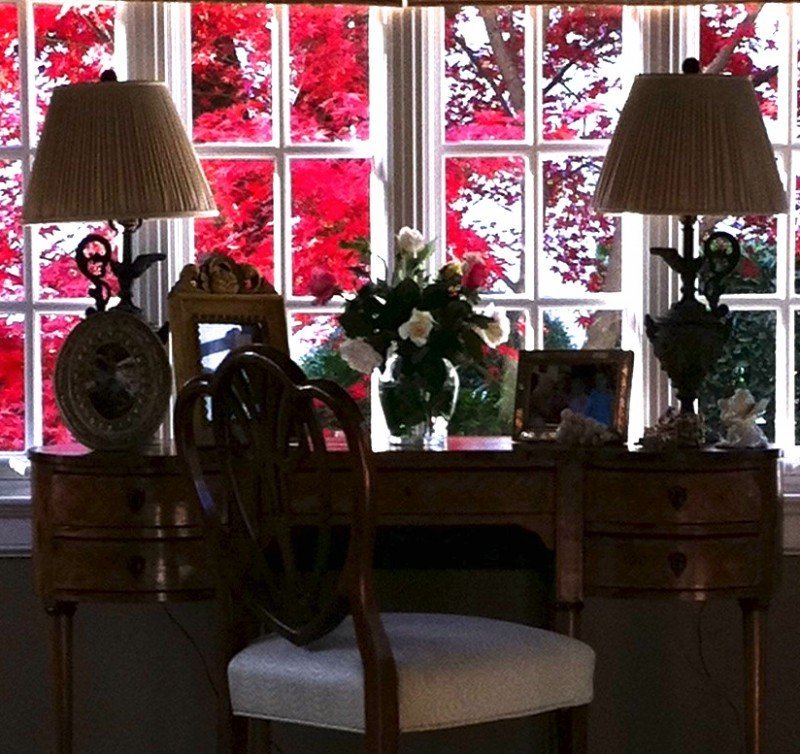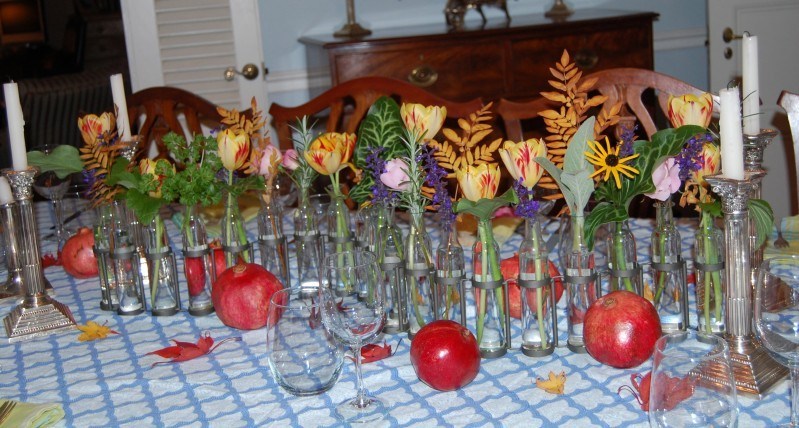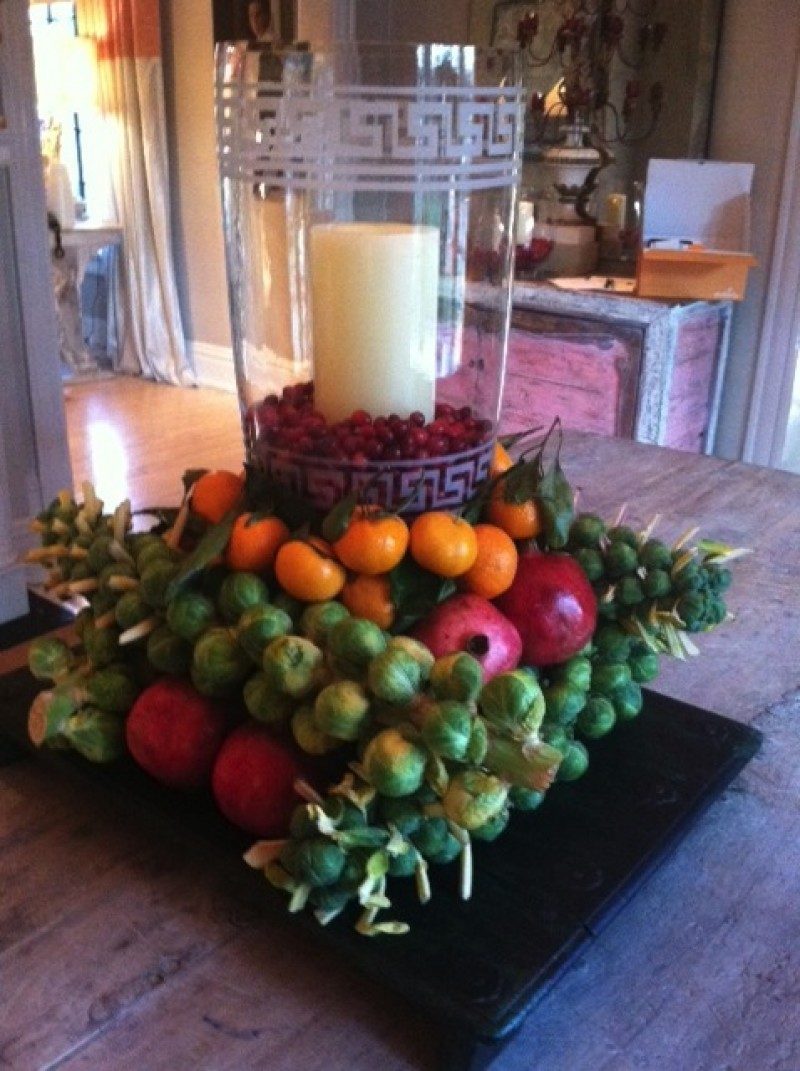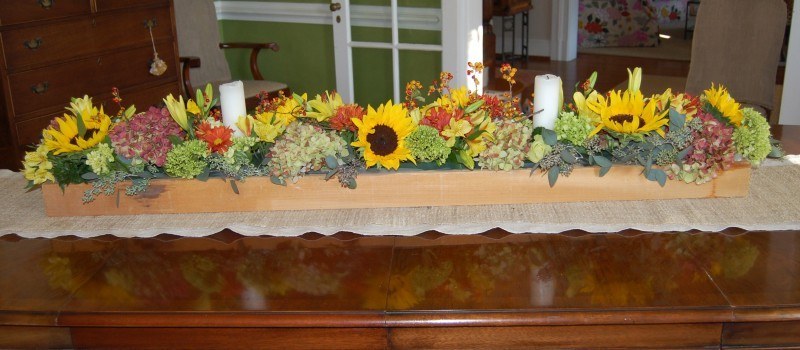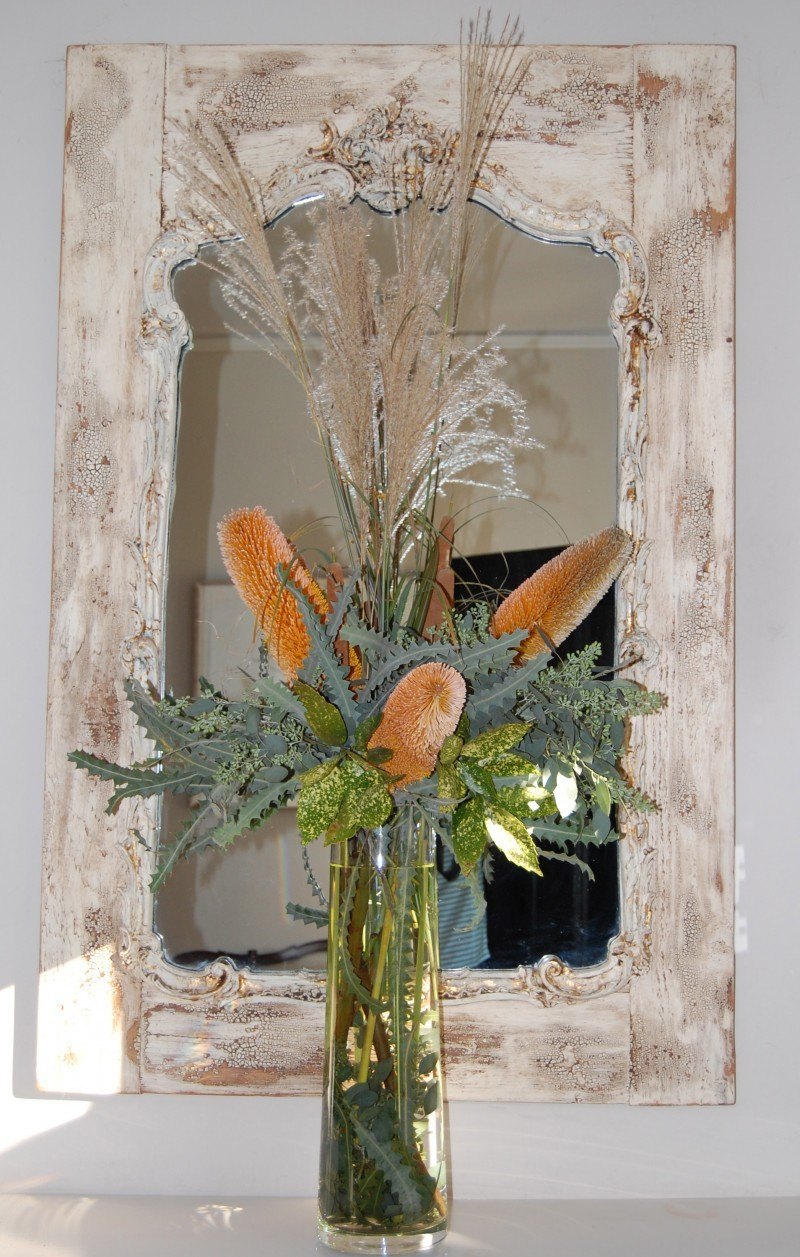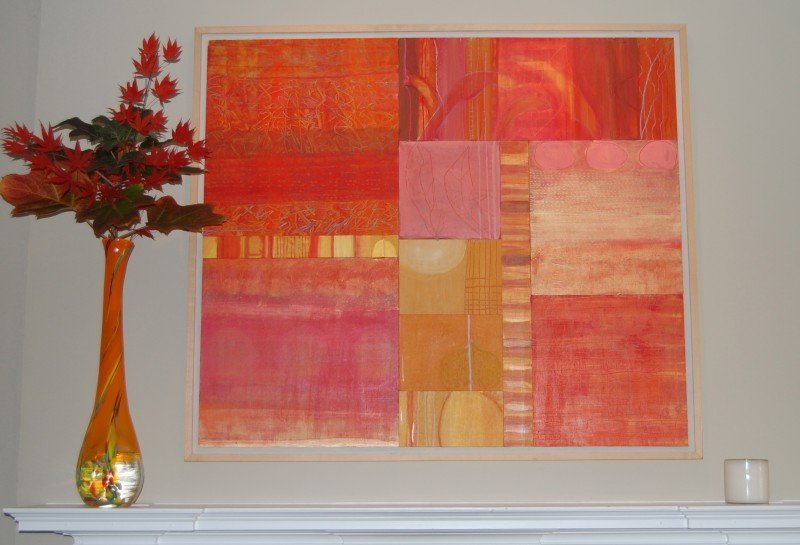NEW YORK GARDEN DESIGNER LYNDEN MILLER CHALLENGES RICHMOND
Richmond’s location at the fall line of the James River has put it on the map as a destination for those seeking the raw natural beauty of the river’s banks, rapids and trails. Retiring James River Park director Ralph White devoted his career to restoring the James and the parkland bordering it.
Nathan Burrell, head of Richmond’s extensive trail system, has built on that success, spending years working with colleagues and volunteers to carve out miles and miles of trails on both banks of the river. Currently, he is spearheading a trail-building project on Chapel Island.
Richmond is also home to some grand and historic parks, including Byrd, Bryan and Monroe, and many smaller pocket parks and green spaces. Some public spaces, due to lack of funds, receive only the most basic maintenance. These spaces sit waiting to be restored to their former glory.
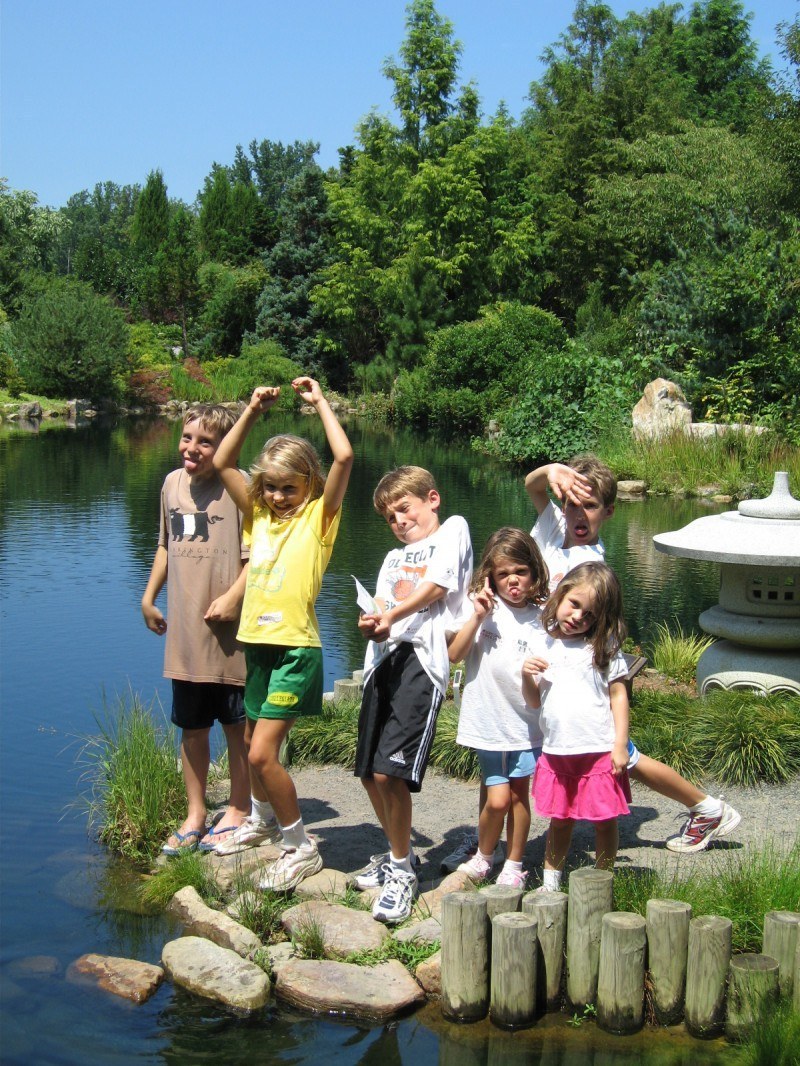
Kids enjoying a day at beautiful Lewis Ginter Botanical Garden, a wonderful source for those wanting to learn about plants.
Capital Trees (a joint project of the Boxwood, James River, Three Chopt and Tuckahoe Garden Clubs) is partnering with the city to restore beautiful green spaces and increase a healthy tree canopy throughout Richmond.
Capital Trees’ first challenge was to turn a busy, concrete-choked block downtown into a lush green avenue that also collects and filters storm-water runoff.
Designed by Capital Trees’ partners 3north (led by Jay Hugo) and Water Street Studio (led by Keith Whipple), the block of 14th Street between Bank and Main is planted with a triple allee of Ginkgos and Swamp White Oaks. On the east side of the street the trees, along with grasses and irises, are planted in engineered bio-filtration wells that capture and filter polluted storm-water.
The 14th Street project was so successful, Capital Trees and the city have since partnered on several more projects. 3north is Capital Trees’ design partner, and Water Street Studio provides design and engineering assistance. These projects include:
Renovation of the RMA Plaza
Capital Trees, in partnership with the City and 3north, is renovating this dilapidated park (across from The James Center on Byrd Street), adding trees, rain gardens, seating and public gathering spaces.
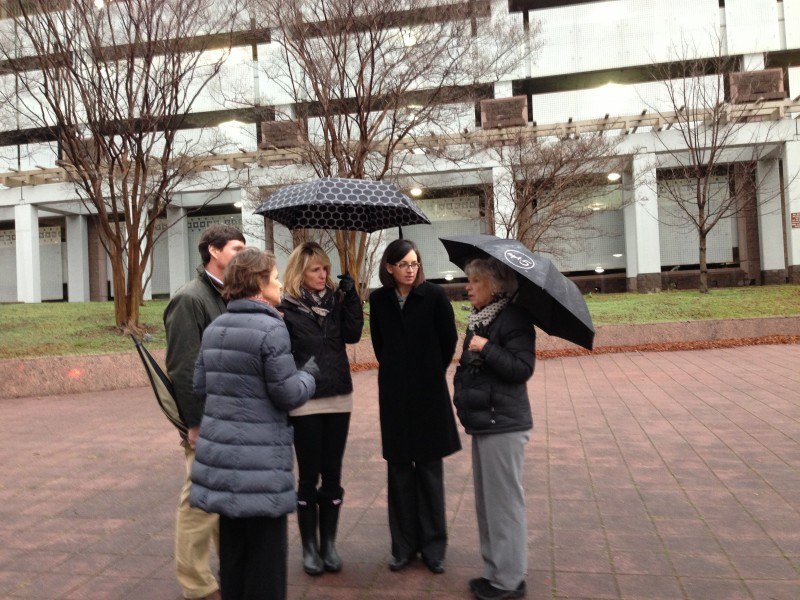
Lynden Miller encourages us to incorporate lush planting beds when building the new park at the RMA Plaza. Susan Robertson, Scott Ukrop, Melinda Hardy and Jill Nolt listen to Lynden’s suggestions.
The Jefferson Greenway
The proposed Greenway, following 10th Street south from the Capitol to the canal, is inspired by Jefferson’s original vision of a hilltop capitol, broadly facing the fall line of the James. The Greenway will provide a strong natural thread that will visually, symbolically, and physically reconnect Richmond’s Capitol Square with the James. The plan will include green spaces, trees and storm-water remediation. The Alliance for the Chesapeake Bay and Capital Trees are partnering to make the Greenway vision a reality.
Great Shiplock Park
Great Shiplock Park is home to locks, dating to the 1850s, that carried ships into the canal at the east end of the falls of the James. The sleepy park is about to get a major facelift as the future site of the Virginia Capital Trail’s Eastern Trailhead. Beth Weisbrod, Executive Director of the Virginia Capital Trail Foundation, has brought together her foundation, the City, Capital Trees and other constituencies to go beyond the mandate of building a trailhead. Plans are in place to make the park into yet another beautiful public garden space where cyclists, hikers, kayakers, birdwatchers, runners and picnickers will come to soak in the park’s history and natural beauty. Landscape architect Jill Nolt (3north) has designed the space to be beautiful and functional, with shaded lawns and lush rain gardens to trap and filter storm-water.
Seizing this momentum, Capital Trees (led by Jeanette McKittrick) and Lewis Ginter Botanical Garden (led by Frank Robinson) decided it was the perfect time to bring back the garden designer and advocate who inspired many in the community during a visit in 2008.
Lynden Miller, the woman who transformed Central Park’s Conservatory Garden and Bryant Park, among many other public spaces in New York and beyond, swept into Richmond last week and succeeded in bringing together our city, corporate, foundation, civic, horticultural and design leaders — people who care about the quality of life in Richmond. She called on us to “create and support well-planted parks and gardens as essential urban oases that reduce crime and have positive effects on the economic welfare of Richmonders.” She spent a cold rainy day touring the Capital Trees projects (see pictures above), gave an inspiring talk to the Richmond garden clubs and another rousing presentation to a group at the botanical garden, advised Bon Secours on healing gardens and conducted a workshop for community leaders.
Scott Ukrop and Jill Nolt from 3north, in conjunction with Randee Humphrey from Lewis Ginter and Jeanette McKittrick from Capital Trees, organized the workshop, and it looks to be a pivotal moment in Richmond’s movement toward reclaiming its public spaces. They brought together a group of creative thought and design leaders to discuss opportunities and challenges we face in transforming our city. Using two of the Capital Trees projects and Monroe Park as case studies, folks bounced ideas off each other, received invaluable advice from Lynden (see some of her design principles below), and left the meeting with a sense that this city’s businesses, residents and municipal leaders are ready to shake up the status quo and nurture the budding green renaissance.
Lynden challenged us to harness the meeting’s energy and continue to collaborate to reach our potential. She “demonstrated the power of plants to soften and civilize public life, and showed how beautiful public spaces, planted and maintained to high standards, have the power to transform the way people behave and feel about their cities.” Parks, Plants, and People, by Lynden B. Miller. I think we’re up to the challenge.
A FEW FUNDAMENTAL GARDEN PRINCIPLES
Here are some of Lynden’s principles of garden design that can be applied to public gardens as well as your own private patch of earth. I’ve thrown in a few of my own guiding principles as well:
PLANT TREES TO CREATE A CANOPY, SHADOW AND SHADE
CREATE A BEAUTIFUL PLANT PALETTE
INCORPORATE PLENTY OF SEATING
BREAK UP HARDSCAPE WITH PLANTS
A GARDEN IS A WONDERFUL BACKDROP FOR ART
PROVIDE LAWN FOR RECREATION AND NAPS
DON’T FORGET PATHS AND WALKWAYS
GOOD BONES AND INTERESTING ARCHITECTURE WILL ENSURE THE GARDEN ENDURES
SKILLED AND REGULAR MAINTENANCE ARE A MUST
DECK THE HALLS!
Richmond glows in December, as its residents cut greens and bare branches, gather fruits and nuts, collect colorful ornaments and fabrics, and string lights. These creative souls then drape their mantles, doors and tables with their festive arrangements and the results are nothing short of spectacular.
MANTLES
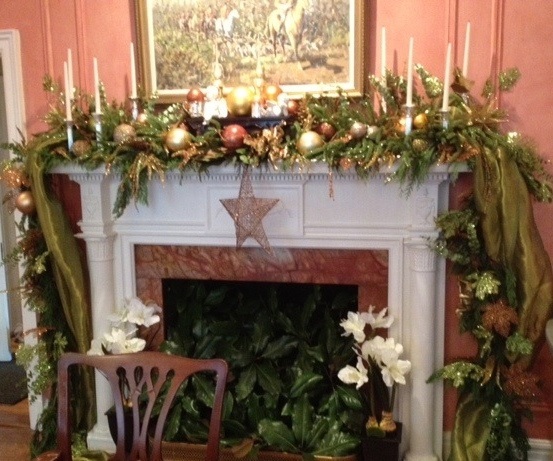
Mary and Dick Fowlkes worked with Tom French Flowers to transform their beautiful Fan home, including this dining room mantle.
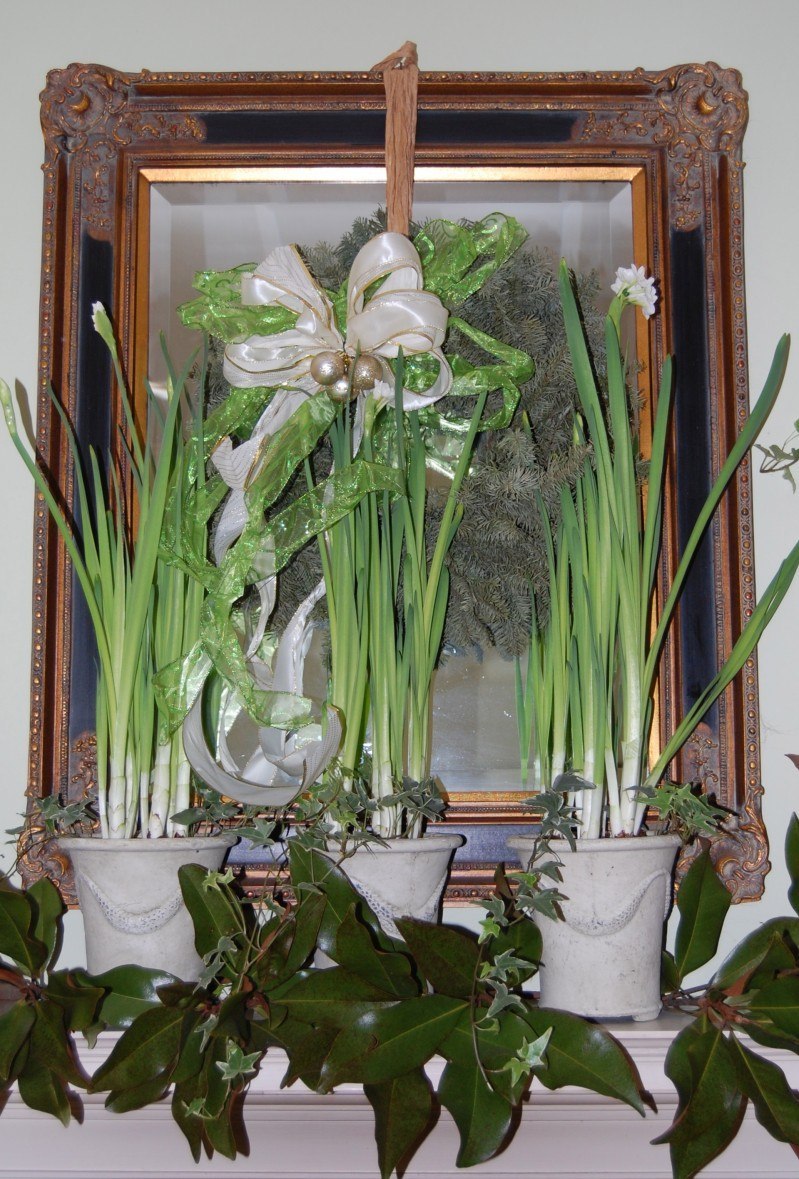
This mantle is just greens — Paperwhites, Magnolia, Variegated Ivy, Fir wreath, with a bow created by Sarah Gibson.
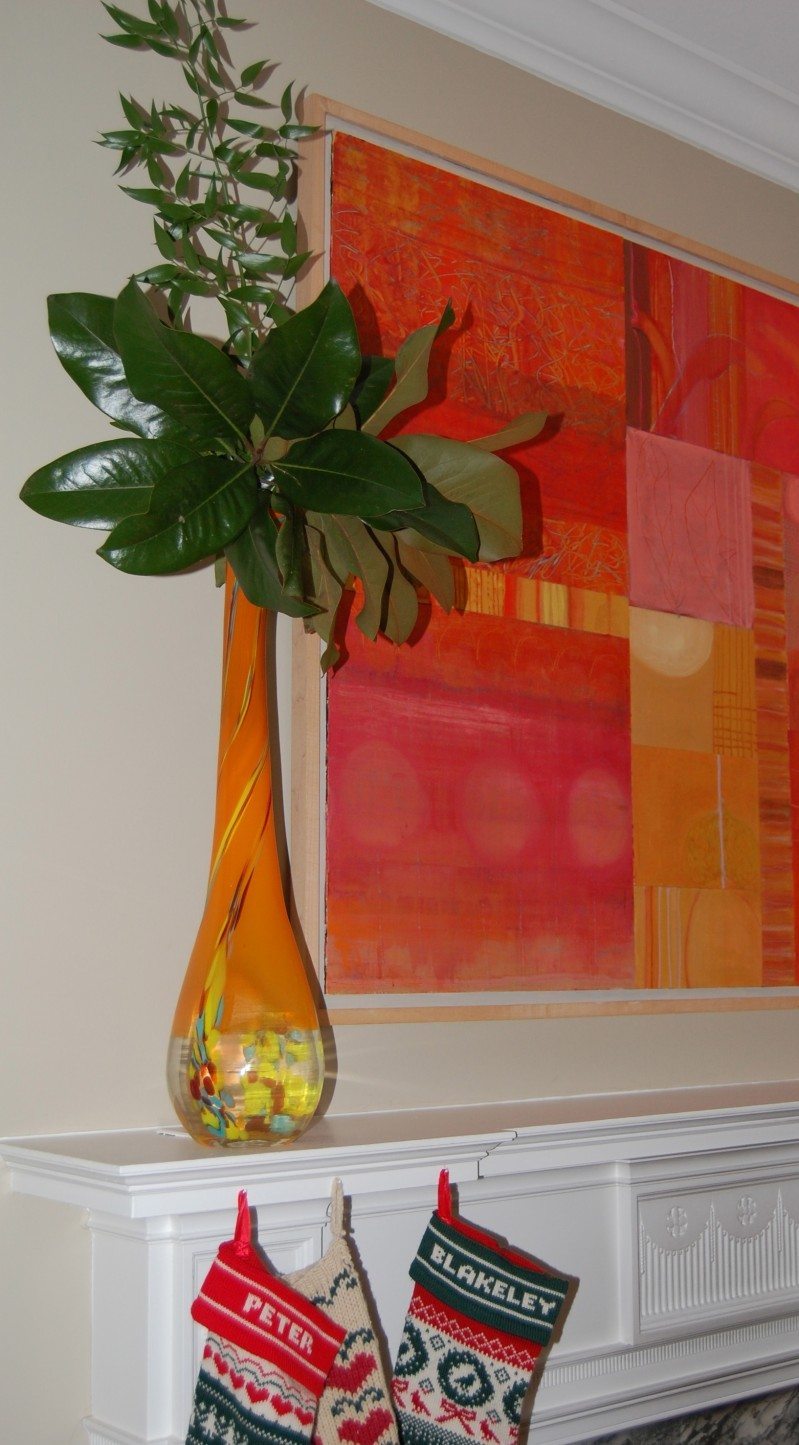
Jennifer Sisk’s mantle and glass vase were featured in my Thanksgiving blog. Here, she again goes minimalist with Magnolia and Poet’s Laurel.
TABLE-SCAPES
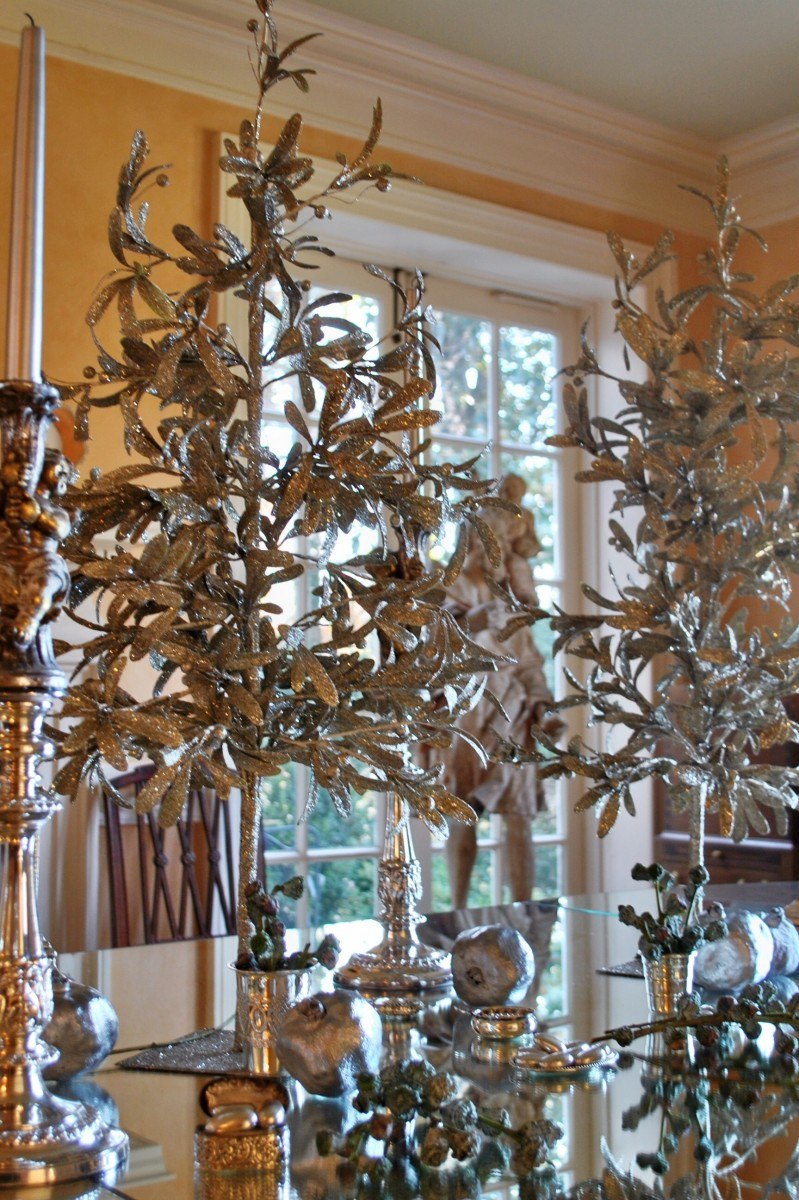
Nan McVey, of McVey Valentine Interior Design, created this dazzling centerpiece by placing trees (bought at Paper Plus) on a mirrored tabletop, then scattering the table with pomegranates, nuts and branches sprayed with silver paint, and little silver containers (wedding presents) filled with chocolates (from For the Love of Chocolate).
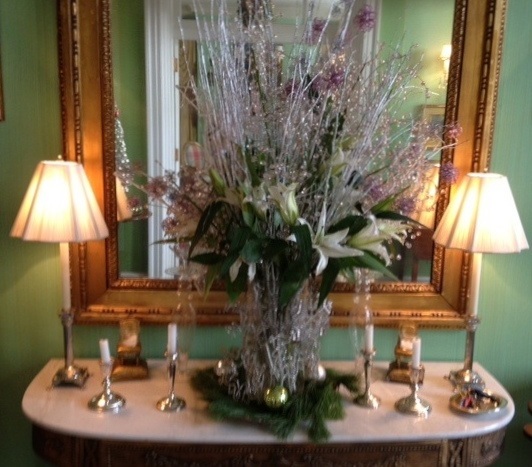
This arrangement, with its metallic branches, complements the silver candlesticks on Mary and Dick’s marble-top table. It’s softened by the lilies and moss.
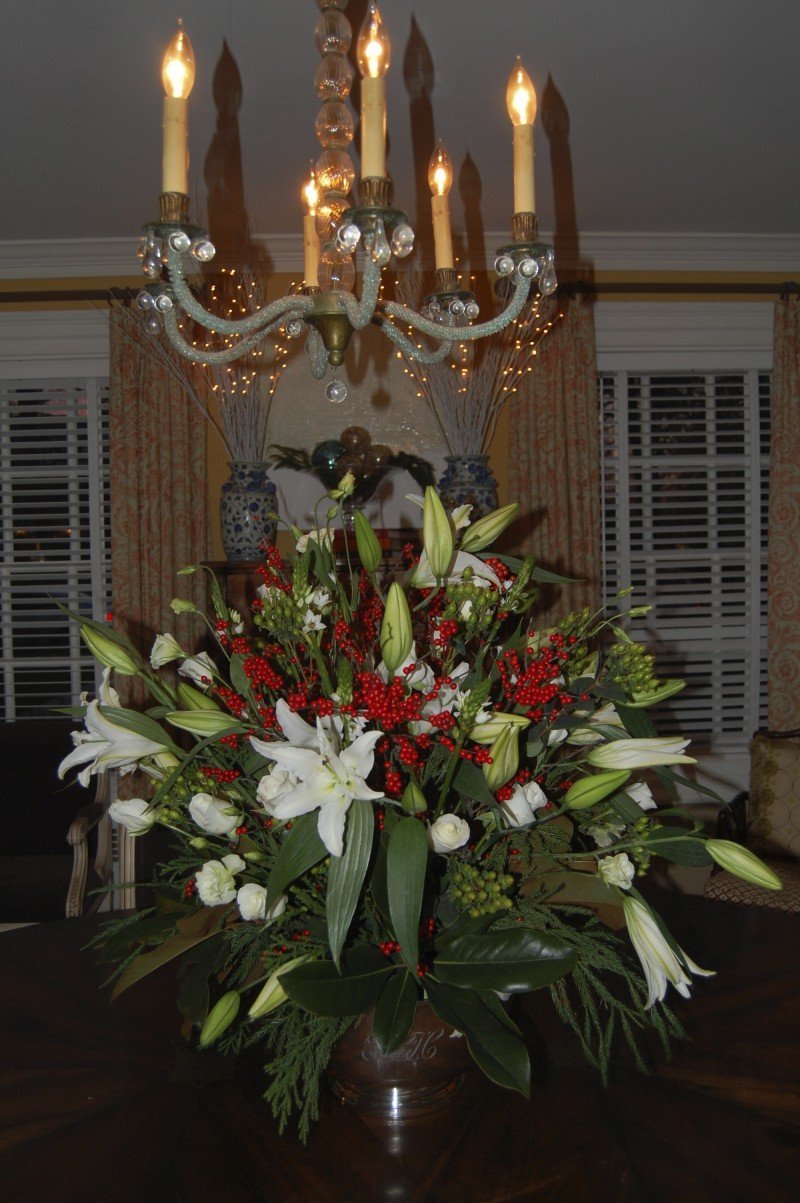
A silver bowl on Katherine’s dining room table is overflowing with Lilies, Bittersweet, Roses, Magnolia and Cedar.
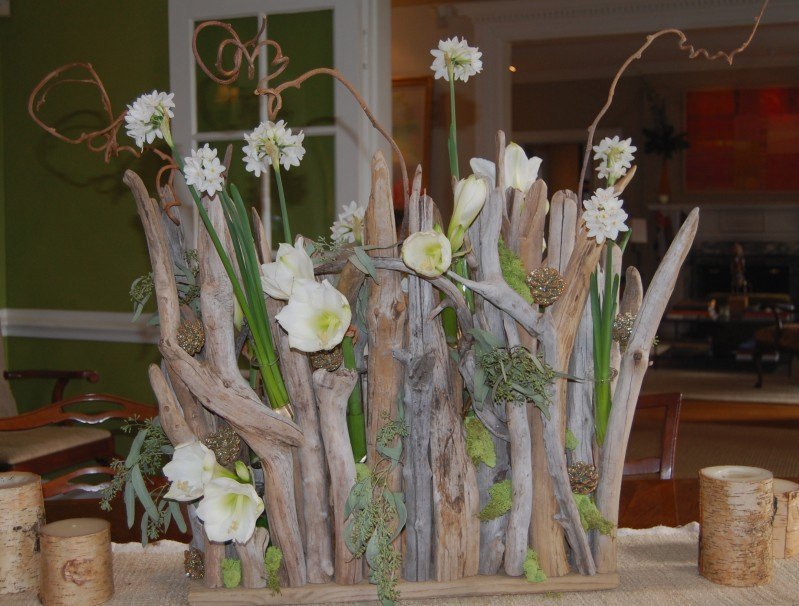
A picture does not do justice to this smashing arrangement. Jennifer cut Paperwhite Narcissus and Amaryllis and tucked them in water tubes (hidden by the wood), then added Curly Willow, moss and Eucalyptus. It is fun to see how one container can be the source of such different treatments (see Thanksgiving blog, for an arrangement done by Deborah Valentine and Bocky Talbott in the same container). If Deborah can track down the man from whom she bought the wooden containers (on the side of the road), they’ll be available at her shop, V for the Home.
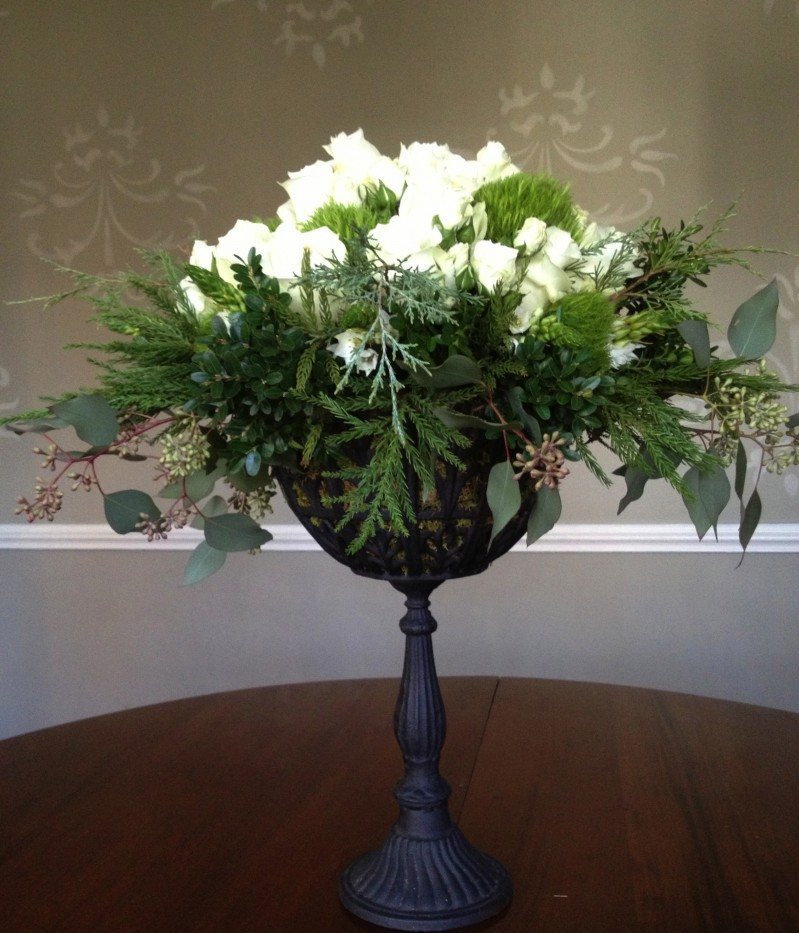
Ashley Wallace and Jeannie Schutt used Roses, Japanese Cryptomeria, Blue Atlas Cedar, Boxwood and Eucalyptus to create this beautiful arrangement.
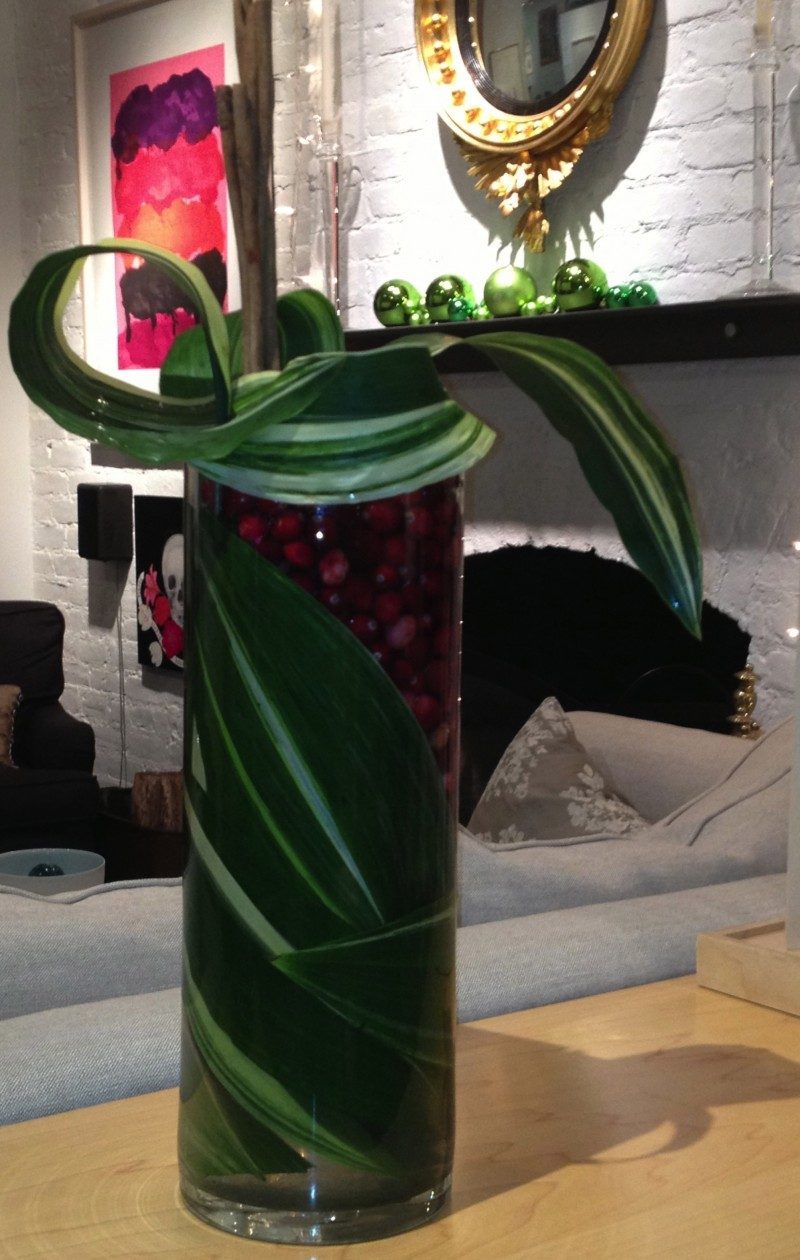
Jeanette McKittrick used the traditional Christmas colors of red and green to dramatic effect in this stunning arrangement where Variegated Aspidistra leaves, Cranberries and Cinnamon sticks take the plunge.
OUTDOORS

Becky White, CCV’s Head Horticulturalist, does an amazing job keeping the grounds and containers looking spectacular year round. Not surprisingly, she went to town on the Club’s urns.
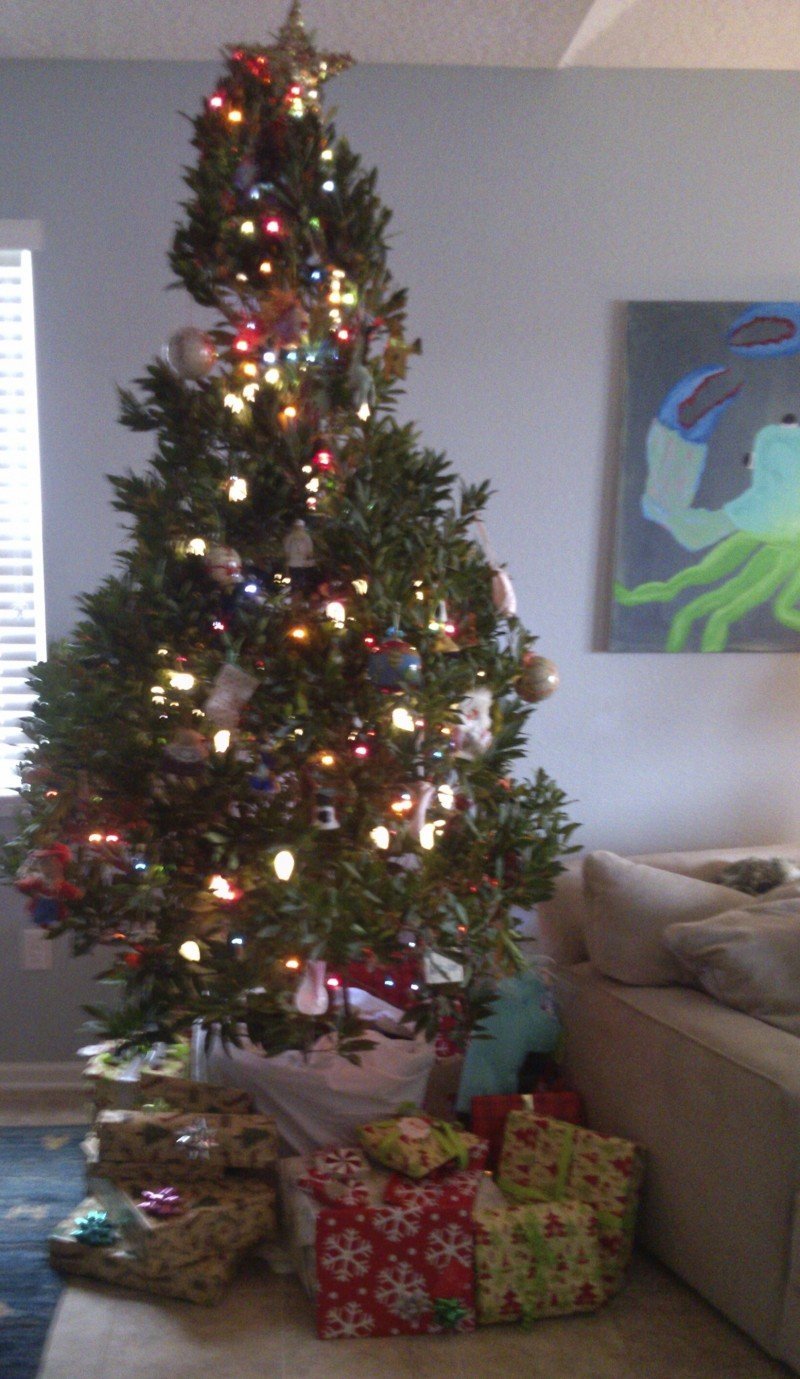
My niece, Whitney, brought the outside in. She decorated a live Japanese Blueberry, and will plant it in her yard after the holidays. She’s near Jacksonville — wish we could grow those in Richmond. They look nothing like our Blueberry bushes!
In this Joyous Season, may you find the time to take a quiet walk on a beautiful crisp night and “wonder as you wander out under the sky.”
THE GARDEN IN DECEMBER
Winter may be knocking on the door, but that doesn’t mean that the garden is hibernating. Plants are busy fruiting, budding, blooming or just looking gorgeous in their Winter furs. Add a few of these plants to your garden beds, then fix a hot toddy and take an evening stroll through your Winter wonderland.
PLANTS WITH DECEMBER FRUITS
Aucuba berries ripen to a bright red in December.
The pale blue-gray berries on the blue version of our native Eastern Redcedar contrast beautifully with the silvery foliage.
Nandina berries grow in thick, luxurious clusters. American Boxwood cuttings make an excellent wreath.
I have to admit that the fruit on the Ivy Shrub is a little “Lost in Spacey”. But I love the creamy margin of the leaf.
The birds seem to have gotten to all of the fruits embedded in the Magnolia cones this year. But the foliage and the cones are still a favorite cutting for wreaths and mantels. The Southern Magnolia (the one pictured is Bracken’s Brown Beauty) can’t be beat for a screen, if you have the room.
NEW GROWTH
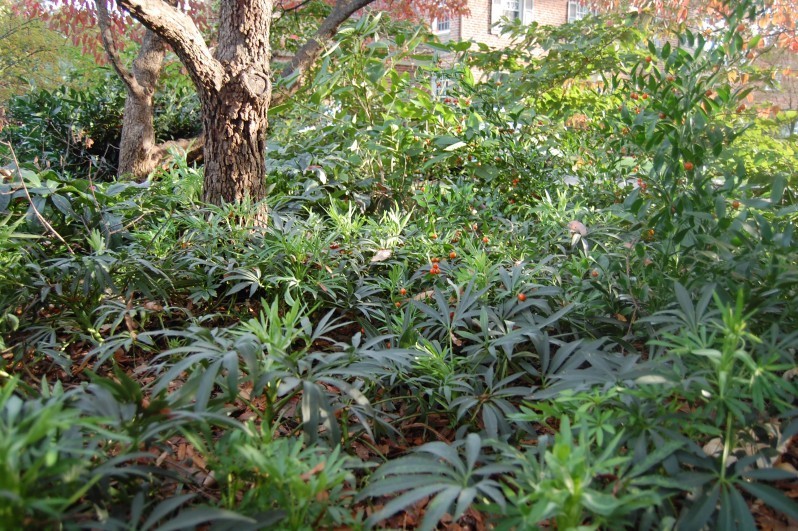
Poet’s Laurel (Danae racemosa) and Stinking Hellebore (Helleborus foetidus) naturalize under Dogwood (Cornus florida)
Several years ago, I planted about 5 Helleborus foetidus and one Poet’s Laurel (given to me by mason extraordinaire David Aldridge). Eight years later, both plants have self-seeded to cover the understory of a Dogwood. The new Helleborus growth is just emerging, and the berries on the Poet’s Laurel are ripening (if only they weren’t that ugly orange).
Lenten Rose will begin flowering in another month or two (depending on the Winter weather). Right now, they are busy pushing out lots of new growth.
Arum is Winter’s Hosta. Arum goes dormant as Hosta leaves mature. Just when Hosta go dormant, Arum leaves begin emerging from the fallen leaves of Fall.
BUDDING AND BLOOMING
The Corsican Hellebore is the first Hellebore to bloom (at least in my garden).
Sadly, I’m very neglectful of my indoor plants and arrangements (right, Frank?). Anything inside has to thrive on benign neglect. I cut some Winter Daphne for a Thanksgiving arrangement this year, then forgot about it. At the time, the flower buds were barely existent –very tight. It caught my eye the other day and daggone if it isn’t beginning to flower. I never thought of Winter Daphne as a forcing option.
Both Sweetbox, the shrub (above), and Sweetbox, the ground cover (below), are in bud right now.
Tinus Viburnum is one of my favorites. Like Pieris (below), it sets its buds in Fall, and the buds persist through Winter, flowering in Spring. I like both shrubs better in bud than in flower.
Wow, what a great season it’s been for Sasanqua Camellias this year! They’ve bloomed their blessed little heads off.
PUSHING THE ENVELOPE
Both Fatsia (above) and Pittosporum (below) are not considered hardy in Zone 7. However, if planted in a protected spot (especially in the Fan), they tend to do just fine. That said, a severely cold Winter may cause die-back, or even complete death.
Akebia, a native vine, is hardy here, but considered semi-evergreen. It rarely loses its leaves in Winter.
Of course, nothing beats the beauty of the exfoliating bark of a Natchez Crapemyrtle (unless that Crapemyrtle has been subjected to Crape Murder).
Many thanks to Mary Bacon and John Crowder, in whose garden many of these pictures were taken.
FAB THANKSGIVING ARRANGEMENTS
As I write, greens and flowers are being cut and expertly pulled together into stunning arrangements. Alas, this Thanksgiving I was not able to get my act together to photograph those arrangements. Instead, I’m reposting the first blog post I did on Thanksgiving arrangements, in hopes of inspiring you to have some fun with greens and flowers this week. Happy Thanksgiving to all!
Some talented Richmond women got creative as they decorated for Thanksgiving. They gathered the bounty of their Fall gardens, pulled out a variety of vessels, and went to work transforming the beauty of Nature into gorgeous works of art.
Deborah Valentine, owner of V for the Home, and Floral Designer Bocky Talbott chose a container made from tree bark. The container picks up the grays in the gorgeous framed mirror. Those muted hues are a great foil for the Bittersweet. Hydrangeas from Deborah’s yard and exotic greens and flowers that Bocky found in a local flower shop complete the arrangement.
This arrangement, sitting on a chest in Deborah’s dining room, contains dried Hydrangea, bright red Japanese Maple branches, Poet’s Laurel, Nandina berries, Pomegranates and seed pods.
Deborah and Bocky refreshed an arrangement Deborah had done weeks ago, by adding Bittersweet and what appears to be a deciduous fern (just a guess — I have no idea what it is!) to the dried Hydrangea. The faded green of the Hydrangea picks up the green in the pitcher, and has a calming effect on the bold colors that were added.
Margy’s mom, Peggy, brought Margy some of the last Roses from her beautiful Rose garden. Margy, a talented painter, has a great eye for color and composition. She took full advantage of the stunning Japanese Maple outside the study window, by framing the final Roses of the season with the brilliant red foliage.
Margaret Valentine got jiggy with her linked bud vases (available at Paper Plus), taking advantage of the wealth of plants in her yard to create a lively, colorful tableau. She used Lamb’s Ear, Rosemary, Salvia, Arum, Parsley, Fern, Knockout Roses and Black-eyed Susan, throwing in some florist Tulips that sport complementary Fall colors. Then she sprinkled the table with Pomegranates and Maple leaves for a refreshingly different centerpiece.
Susan Robertson used the same vessels to create an arrangement with an entirely different look. She chose elegant simplicity, in both color palette and plant choice. The pink and white of the single Camellia Sasanqua (and the solitary Snowball Viburnum) are a nice respite from the usual Fall colors.
Taking inspiration from the paintings in the background, Susan gathered Japanese Maple branches (from both yellow and red cultivars) and combined them with Hydrangea that have turned a fiery red, then ratcheted up the volume by arranging them in the fabulous fish container (you can take the girl out of the Beach, but you can’t take the Beach out of the girl).
Interior Designer Janie Molster composed an edible work of art for her table. I love the bounty of the harvest contained in a severe modern geometry, set on a rustic table. Pomegranates, Clementines (with stems and leaves intact) and Brussels Sprouts still on their stalks support a hurricane with a candle nestled in dried cranberries.
Jennifer Sisk’s centerpiece is a masterpiece. She had a wooden box built about six feet long by 6 inches wide, then placed it on a a linen runner, overlayed with burlap. She stuffed the box with Oasis, then filled it with a mix of flowers and greens from her garden and the flower shop. The plants include Sunflower, Seeded Euonymus, Hydrangea, Lilies, Mums and Bittersweet. She then tucked in two candles.
Jennifer tells me that the three stalks are from the protea family. Check out its jagged blue-gray foliage. Jennifer’s choice of Cat’s Tail, Variegated Aucuba and Seeded Euonymus tie the arrangement together, as does her repetition of the foliage in the water. The grasses blend perfectly with the patina of the mirror.
So simple, but so spectacular. The use of only Japanese Maple and Oakleaf Hydrangea foliage (from Jennifer’s garden) make the vase and painting come alive.
Everything that slows us down and forces patience, everything that sets us back into the slow circles of nature, is a help. Gardening is an instrument of Grace. May Sarton
I give Thanks for the generosity of my friends who shared their talents with us today.
Happy Thanksgiving!
FALL GARDEN CHORES
Take advantage of a crisp Fall day to get out in your garden and prepare it for Winter.
PRUNE
Cut back to about 2 inches any perennials that have browned or those that look ratty, such as Hosta, Peonies and perennial Ferns. It is OK to cut back the rest of the perennials now too, if you would like to get it all over with at one time. But if you don’t mind getting back out there in late Winter, you can leave those perennials still adding interest to the garden. Some perennials still looking good include Japanese Anemone (Anemone japonica), Catmint (Nepeta), Russian Sage (Perovskia atriplicifolia), Salvia, Monkshood (Aconitum napellus), Hardy Geranium and Iris.

I was surprised when I saw that the scarlet color blazing in the garden was Hardy Geranium (Cranesbill). The stems and leaves are bright red — I never noticed before!
Cut back the foliage of Evergreen Ferns and Lenten Rose (Helleborus) ONLY if it has begun to turn brown. The new (and some of the old) foliage on these plants will look beautiful throughout the Winter.

Autumn Fern (Dryopteris erythrosora) is evergreen. It stands out in the Winter garden (but the fronds may break under the weight of ice or heavy snow).
Prune Annabelle Hydrangeas (Hydrangea arborescens) to about 2 feet.
You can prune the everblooming Hydrangeas now. The plants bloom on new wood (stems that develop on the plant in the current season’s growth), so they should still produce blooms next Summer.
You can also prune Limelight and Tardiva Hydrangea (Hydrangea paniculata) now. These Hydrangeas also bloom on new wood, thus they can be pruned without sacrificing bloom anytime except late Spring and early Summer (when buds are set). To keep as a 4 to 5 foot shrub, prune back to about 2 to 3 feet. To train as a small tree, remove lower branches, and spindly or crossing interior branches.

This Limelight Hydrangea was pruned the prior November to about 3 feet. It produced smaller blooms, but a more graceful shrub.
Do not prune other Hydrangeas now (Lacecap, Mophead, Oakleaf), unless removing dead or diseased branches, or you will be cutting off next year’s blooms.
Shrub Roses can be lightly pruned now, with a harder pruning in late Winter. Many of the Shrub Roses will look beautiful until we get a real hard freeze, and so they can be left alone, or lightly trimmed to neaten the straggly branches.
PLANT
Now is a great time to plant. Plant Spring-flowering bulbs anytime until the ground is too frozen to work.

Tabb Farinholt donated Grape Hyacinth and Daffodil Bulbs to St. Christopher’s School, then helped the boys plant them. They didn’t plant these until late January, yet they bloomed just a couple of months later.
Divide perennials (such as Hosta, Iris, Catmint, Daylilies), or transplant perennials that have spread (such as Lamb’s Ears, Japanese Anemone, Hellebores, Ferns). Either add these to other areas of the garden, or share them with friends.
Now is a great time to plant trees and shrubs. My only concern is that you use your judgment when choosing the plants. I’m wary of buying deciduous plants if they have lost their leaves or if they are in the process of going dormant, because I can’t tell how healthy the plants are. Only buy plants that are robust and healthy.
Replace Summer annuals with Pansies, Ivy and/or evergreens in your containers. The Pansies will thrive until the weather gets really cold, and will rebound when temperatures warm again. The evergreens and trailing Ivy will look good all winter.
NURTURE MOTHER EARTH
Rake or blow leaves onto your lawn, run them over with your lawn mower, then mulch your beds with the shredded leaves to a depth of about two inches. The mulch provides nutrients to the soil and Winter protection to the plants. You also save money on mulch and fertilizer, and save the City from the expense of picking up and disposing of leaves. Now THAT’S recycling!
Install a rain barrel, directing a gutter to empty into the barrel. If you live in the City of Richmond, you can get credit against your Stormwater Assessment if you use this or other methods to retain stormwater on your property.
Feed the birds, either with a bird feeder, or by providing fruit-bearing plants.

Capturing stormwater on your property helps protect the James River and the Blue Herons who make it their home



